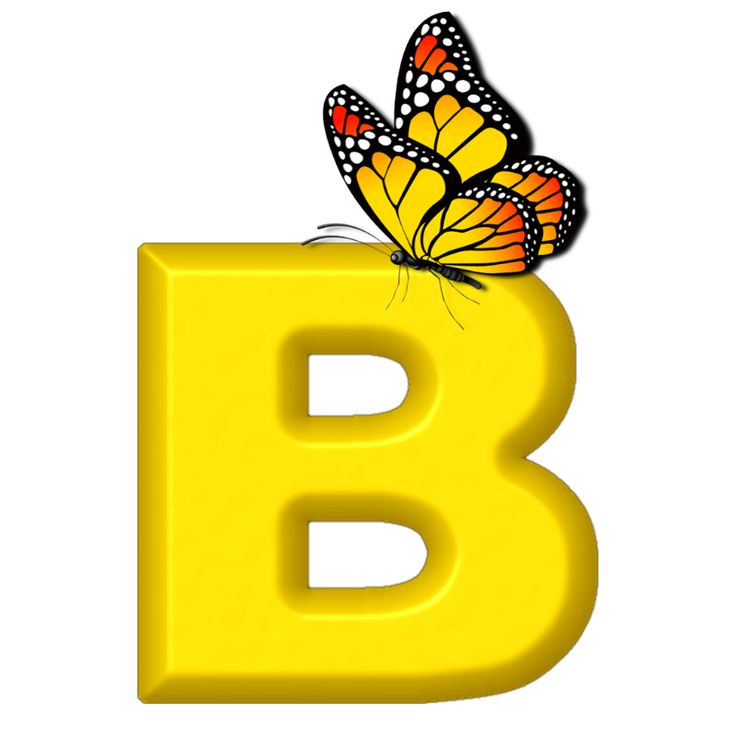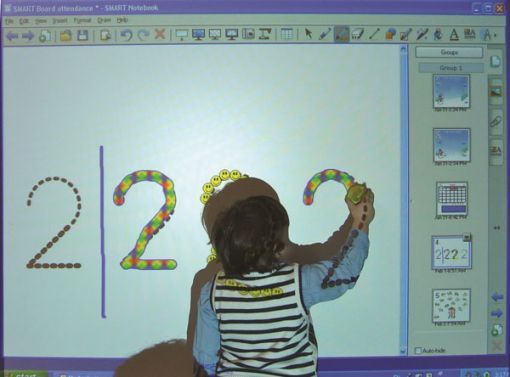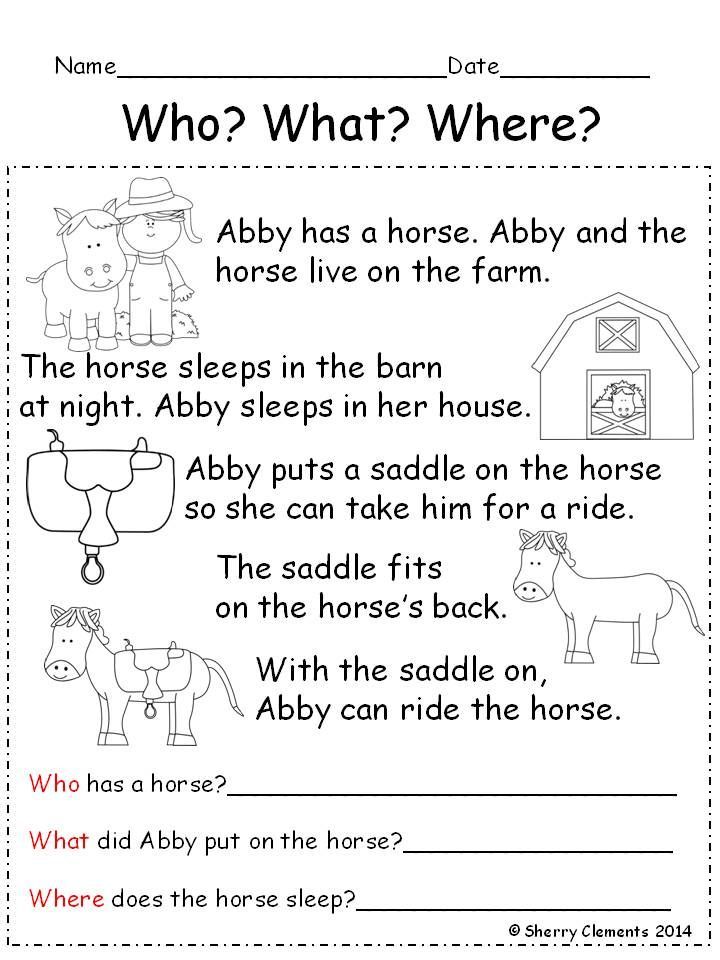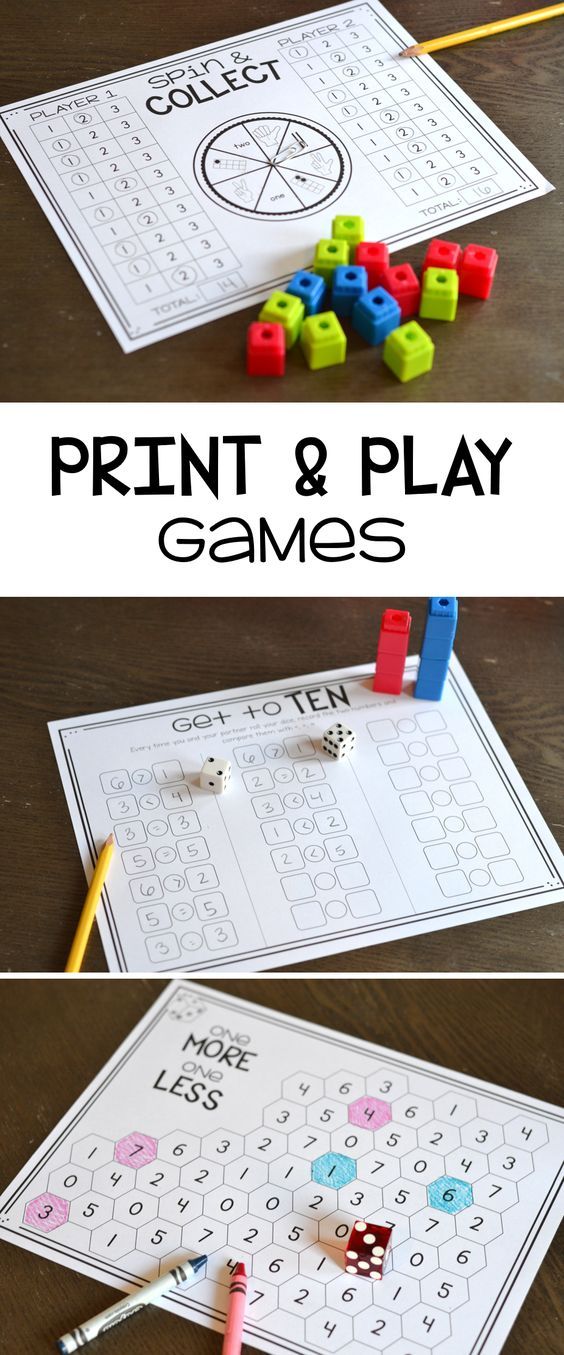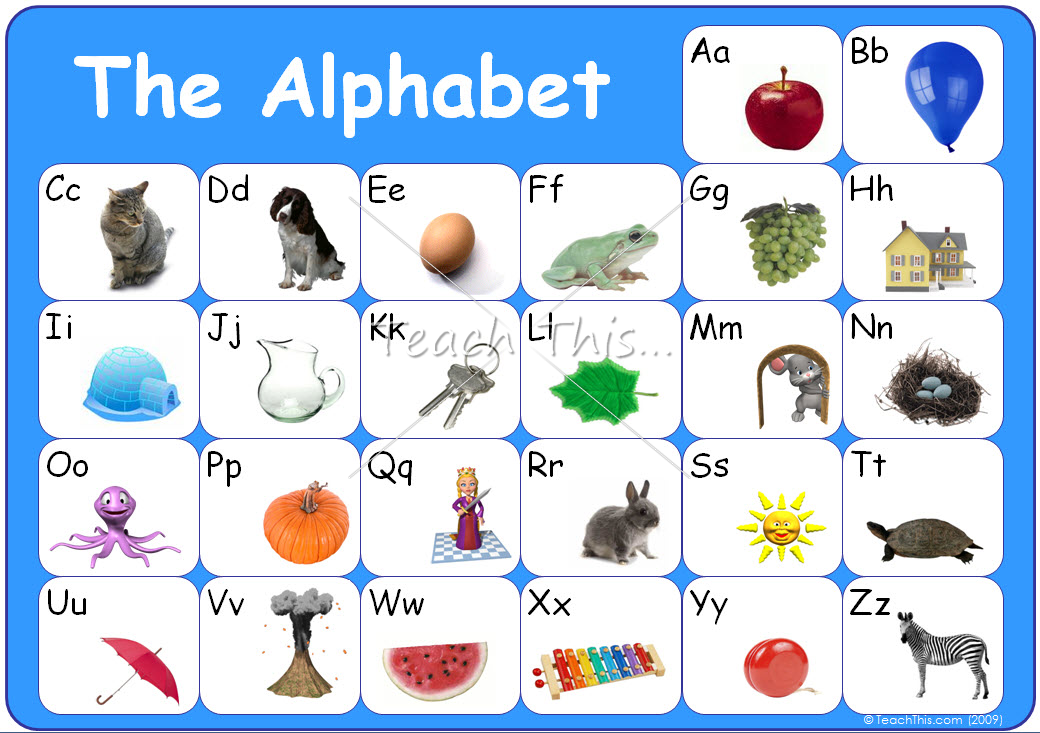How to pronounce reading railroad
Reading Railroad (Philadelphia & Reading)
Last revised: September 19, 2022
By: Adam Burns
The Reading Railroad (pronounced "Redding"), officially known as the Reading Company, was another of the many Northeastern anthracite carriers and arguably the most famous.
Unfortunately, despite its celebrity the carrier relied heavily on a commodity which precipitously declined after World War II.
Before the fall, it was a powerful system that, at one point, nearly cornered the lucrative coal market by holding stakes in virtually all of the region's major railroads.
Its goal in this endeavor ultimately failed and the company settled into operating a haphazard, tentacled network radiating out of Reading, Pennsylvania.
Its system was largely devoid of a main line except for a small spine west of Philadelphia. Following Penn Central's collapse the Reading fell into bankruptcy in 1971.
With a reeling situation in the Northeast, Conrail was formed to clean up the mess. The Reading was included in the new government-sponsored operation, which ultimately retained many of its principle lines.
Photos
An A-B set of handsome Reading FT's were photographed here at Jersey Central's Communipaw Terminal in Jersey City, New Jersey during the 1950's. Author's collection.
History
When the clean-burning fuel, known as anthracite coal, was discovered in northeastern Pennsylvania during the mid-18th century individuals began studying ways of transporting the product for commercial use. The first to do so successfully was the Lehigh Coal Mine Company of 1792.
Into the early 1800s the idea of waterway transportation, better known as canals, drew increasing support. It was New York which proved the concept's viability by opening the famous Erie Canal on October 26, 1825, running across the state from Buffalo to Albany, then down the Hudson River into New York.
According to Jim Shaughnessy's book, "Delaware & Hudson: The Bridge Line," on April 22, 1828 the Delaware & Hudson Canal Company first entered revenue service.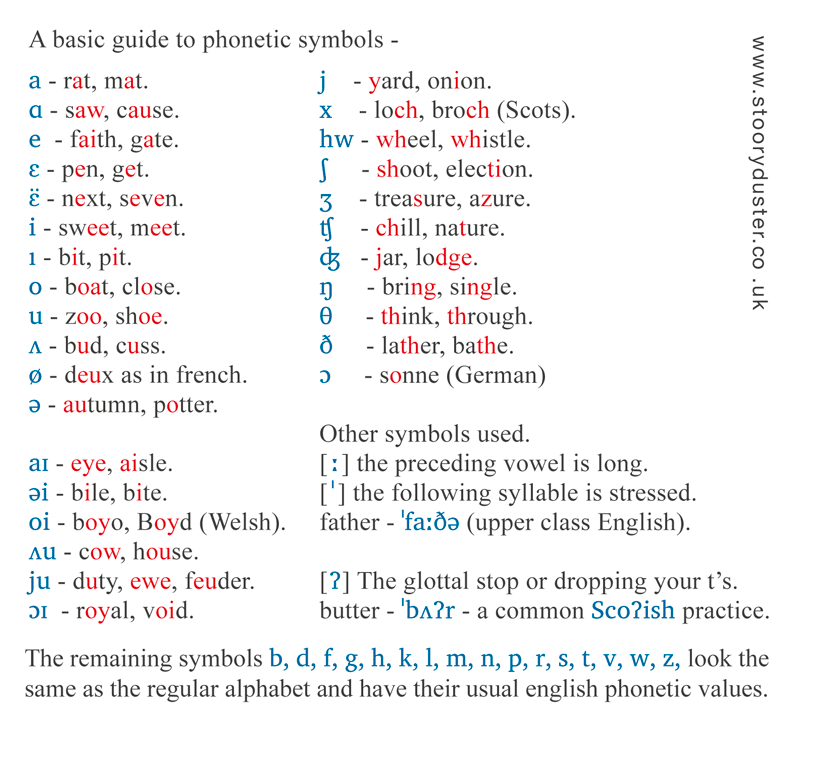
It was one of Pennsylvania's earliest such operations and became a profitable venture handling anthracite from near Honesdale to Kingston. From that point the coal was transported down the Hudson into New York. The origins of the Reading Railroad began just this way.
At A Glance
1,582 (1930) 1,286 (1950) | |
Philadelphia - Jersey City Philadelphia - Bethlehem, Pennsylvania Philadelphia - Reading, Pennsylvania Philadelphia/Camden - Atlantic City, New Jersey Manville - Port Reading, New Jersey Reading - Harrisburg, Pennsylvania Reading - Allentown, Pennsylvania Reading - Newberry Junction, Pennsylvania Reading - Wilmington, Delaware Harrisburg - Hagerstown, Maryland (Western Maryland) | |
Freight Cars: 43,298 Passenger Cars: 910 | |
Its earliest predecessor was the Little Schuylkill Navigation, Railroad & Coal Company, which was granted a charter by the state of Pennsylvania on February 28, 1826.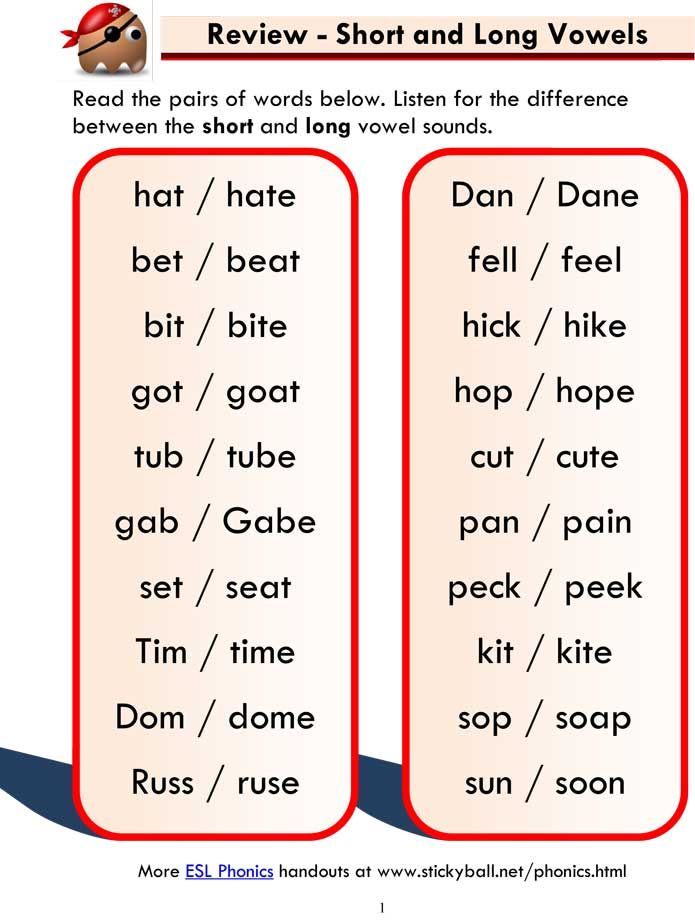
It planned to move coal from mines near the Panther Creek Valley at Tamaqua to Port Clinton (about 20 miles) where the product would then be transferred to the Schuylkill Navigation Company's canal linking Reading and Philadelphia.
Logo
The Reading Railroad logo. Author's work.
The route's construction began in earnest during 1830 and it was opened in 1831 utilizing horses pulling carts over wooden rails with iron straps.
The rudimentary operation was slow and ground to halt during the late fall through early spring when frigid temperatures kept the canals frozen and unnavigable.
Still, as the D&H operation proved, demand for anthracite was so great there remained a bright future in the business. To overcome the obstacles of winter the state legislature authorized construction of the Philadelphia & Reading Railroad on April 4, 1833.
This newfangled technology could run in every type of weather as the Baltimore & Ohio, Mohawk & Hudson, South Carolina Canal & Rail Road, and others were all proving.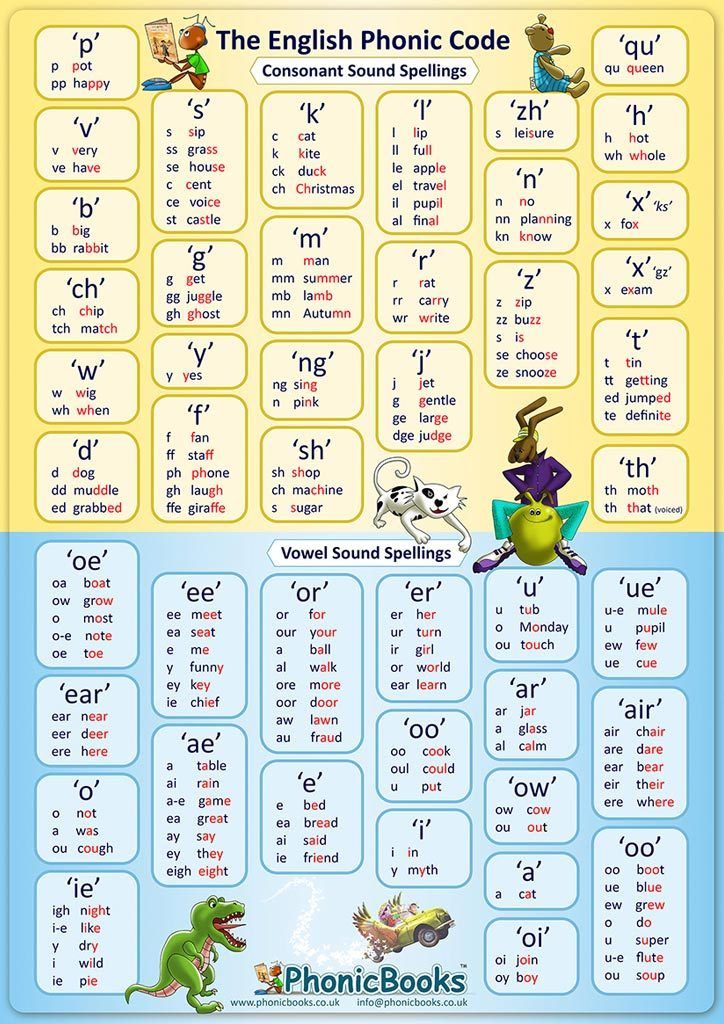
A pair of Reading GP35's were photographed here at Morrisville, Pennsylvania during the mid-1960's. American-Rails.com collection.
The P&R was the earliest ancestor of the Reading's railroad operations. It was envisioned to replace the canal, connecting Pottsville with Philadelphia via Reading running parallel with the Schuylkill River.
During this era railroads struggled to gain a footing in the face of stiff canal opposition; backed with money and political connections canal owners were effective at delaying construction efforts of the Lehigh Valley, Erie, and Mohawk & Hudson (an early New York Central predecessor).
This was no different for the P&R, which fought local canal interests for years until opening its first segment between Reading and Pottstown in 1838.
As time passed and railroads proved their superiority the resistance evaporated. One year later, on December 5, 1839, the P&R completed its line into Philadelphia while the final extension to Pottsville opened in 1842.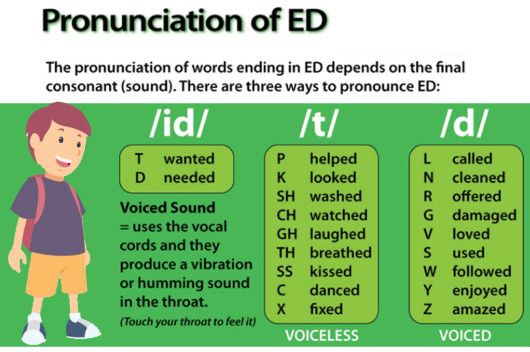
Interestingly, this 93-mile route was the only true main line the Reading ever operated. The rest of its network consisted primarily of branch and secondary lines.
The RS3 was quite popular on the Reading. Seen here is #482 at Cressona, Pennsylvania on April 11, 1971. Charles Houser, Sr. photo. Author's collection.
Dale Woodland notes in this book, "Reading Diesels: Volume 2, The Second Generation," the opening of a coal terminal at Port Richmond along the Delaware River in Philadelphia on May 17, 1842 provided the railroad with an eastern outlet for its anthracite.
The P&R proved, once more, that rail transportation was superior to the canal. According to Mike Schafer's book, "Classic American Railroads: Volume III," in 1844 it handled 42,843 tons of coal, surpassing the Schuylkill Canal.
The Reading Railroad's ""Bee Line Service" logo. Author's work.
As the P&R's success blossomed it expanded by acquiring other railroads, most of which branched in every direction away from Reading.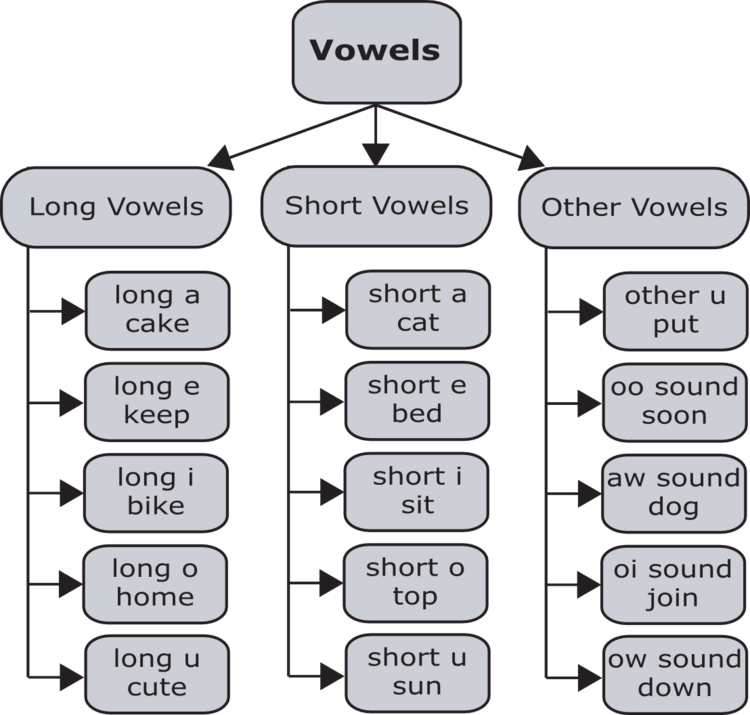
This city ultimately became the P&R's primary hub where its major shop complex was located. Its growth into the modern-day Reading Company unofficially began on January 1, 1850 when it acquired a portion of the Philadelphia & Columbia Railroad between Philadelphia and Columbia.
It then purchased the Lebanon Valley Railroad on March 20, 1858 which linked Reading with the state capital at Harrisburg (the LVRR opened on January 18, 1858).
Timetables (1952)
The P&R's other notable acquisitions included the following:
- In 1869 it added the East Pennsylvania Railroad to Allentown; in 1870 it picked up the Philadelphia, Germantown & Norristown Railroad via lease running to Norristown (a Philadelphia suburb)
- 1872 saw the takeover of the Catawissa, Williamsport & Erie extending to Williamsport and Newberry Junction
- On May 14, 1879 it purchased the North Pennsylvania Railroad which extended service to the important steel-production center at Bethlehem and that same year added the Delaware & Bound Brook Railroad (D&BB).
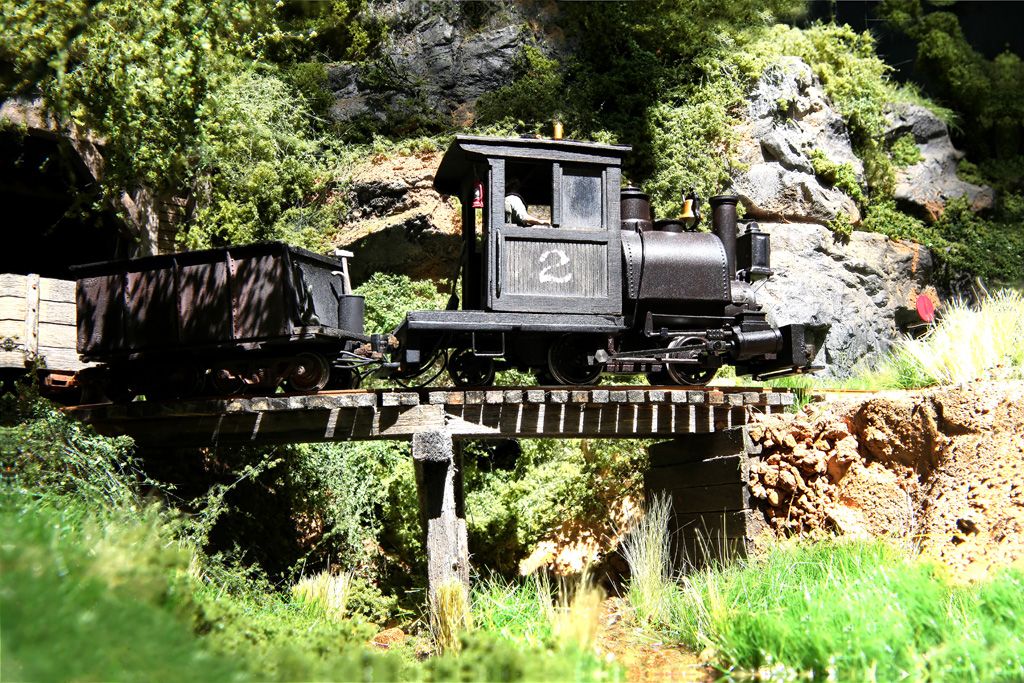
The D&BB had been incorporated on May 12, 1874, opening a line five years later from Yardley (interchanging there with the North Penn Railroad) to Bound Brook Junction (near Manville, New Jersey) where it connected with the Central Railroad of New Jersey.
The D&BB later completed an extension to Woodbridge, New Jersey where Port Reading was opened in 1889 along the New York Harbor. At this location a vital deep water port was built for the transportation of anthracite onto Transatlantic ships.
Reading FA-1 #302 and a cabless mate have what appears to be a string of empties heading westbound through Allentown, Pennsylvania during the 1950's. Author's collection.
These systems were the most important components of the P&R's network although, as Mr. Woodland points out, nearly 100 predecessors ultimately comprised the modern Reading Company system. As the 1800s came to a close the railroad continued to prosper with demand for anthracite soaring.
The P&R was not the only carrier to flourish by handling hard, or stone coal. Other successful anthracite systems included the aforementioned Delaware & Hudson, Lehigh Valley, and Delaware, Lackawanna & Western as well as the Jersey Central, Lehigh & New England, Lehigh & Hudson River, and New York, Ontario & Western.
The road truly came of age when Franklin Gowen was elected president in early 1870. He looked to corner the coal market by establishing the Philadelphia & Reading Coal & Iron Company in 1871.
This subsidiary worked to acquire mines for the railroad and was so fruitful that Mr. Schafer notes it controlled nearly 30% of the anthracite market before overextending itself and falling into bankruptcy in 1880.
After a series of presidents, Archibald McLeod took the reigns in 1890 leading the Philadelphia & Reading through what could arguably be described as its greatest period. The new president aimed to transform his company into the dominant anthracite carrier.
Backed by the P&R's overflowing wealth the beautiful Reading Terminal in downtown Philadelphia opened in January of 1893 (another McLeod endeavor), symbolizing the company's power.
System Map (1940)
Beginning in late 1891 it leased the Lehigh Valley and soon afterward held stakes in the Jersey Central, Lackawanna, and even Boston & Maine.
At this time the P&R controlled over 70% of the anthracite business and appeared would enter the 20th century as the region's largest railroad. Alas, the financial Panic of 1893 brought down the McLeod empire although the P&R did maintain control of the CNJ.
The company was forced into receivership and all of the rail and non-rail properties under its control except the CNJ were reorganized as the Reading Company.
System Map (1969)
Less than a decade later Reading was acquired, through stock ownership, by the much larger Baltimore & Ohio. The 1893 collapse relegated it to regional status, operating right around 1,300 miles within eastern Pennsylvania and its New Jersey commuter lines.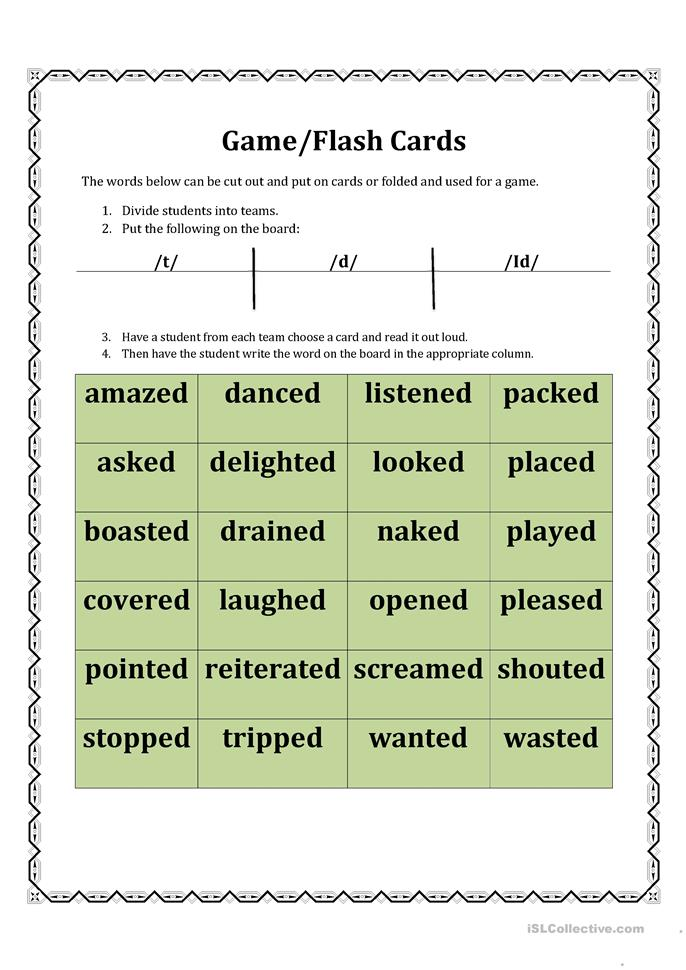
Because of the company's condensed, spaghetti-like network it could not enjoy the lucrative, long-haul movements of merchandise freight that trunk lines like the B&O, NYC, and PRR enjoyed. Its absolute furthest run over home rails was 202 miles from Newberry Junction (near Williamsport) to Philadelphia.
It did, however, go on to join the "Alphabet Route." This consortium included a group of railroads that offered through service for shippers in the ultra-competitive New York/Boston - Chicago corridor as an alternative to the B&O, NYC, and PRR.
In a further corporate reorganization it shed all of its non-rail interests in 1923 due to antitrust issues. During the next few decades the Reading maintained a highly profitable and well-managed operation thanks to its rich sources of coal.
Commuter Services
When the vacationing market to New Jersey's beaches sprang up after the Civil War the P&R looked to expand into the region. In 1884 it purchased the narrow-gauge Camden, Gloucester & Mt. Ephraim Railway, which connected its namesake cities in New Jersey.
In 1884 it purchased the narrow-gauge Camden, Gloucester & Mt. Ephraim Railway, which connected its namesake cities in New Jersey.
The little operation was soon standard-gauged and through a series of other acquisitions the P&R consolidated all of its southern New Jersey properties into the Atlantic City Railroad in 1889.
As the popularity of beach goers exploded through the late 19th century the ACRR was double-tracked along an arrow-straight main line linking Camden with Atlantic City.
In 1933 the ACRR joined Pennsylvania's West Jersey & Seashore Railroad to form the Pennsylvania-Reading Seashore Lines, a successful commuter operation linking Camden with the Jersey Shore.
The PRSL faded over time but survived until the formation of Conrail in 1976. Today, some of its lines remain in use by various agencies handling both freight and passenger assignments.
One of the Reading's numerous RS3's, #471, is seen here at the company's shops in Reading, Pennsylvania on October 8, 1972. Author's collection.
Author's collection.
Outside of commuter operations the Reading also operated a fleet of successful regional trains. Its best-remembered was the steamlined Crusader.
The train was tailored towards business clientele connecting New York/Jersey City (in conjunction with the CNJ via Jersey City Terminal) with Philadelphia.
In its initial streamlining the train was powered by a pair of overhauled 4-6-2's (these Pacifics, classed as G-1sa were rebuilt at the Reading Shops) and matched to a lightweight consist of five cars (built by the Budd Company), bedecked in stainless steel.
It was a very classy and successful operation, remaining in service through the 1960s.
There were also other notable trains such as the King Coal, Queen of the Valley, Schuylkill, and Wall Street. Considering its dependence on coal the road surprisingly operated extensive commuter services within the Philadelphia suburbs.
By the 1930s it had electrified these lines, extending from Reading Terminal to Norristown, Chestnut Hill, Doylestown, Hatboro, and West Trenton.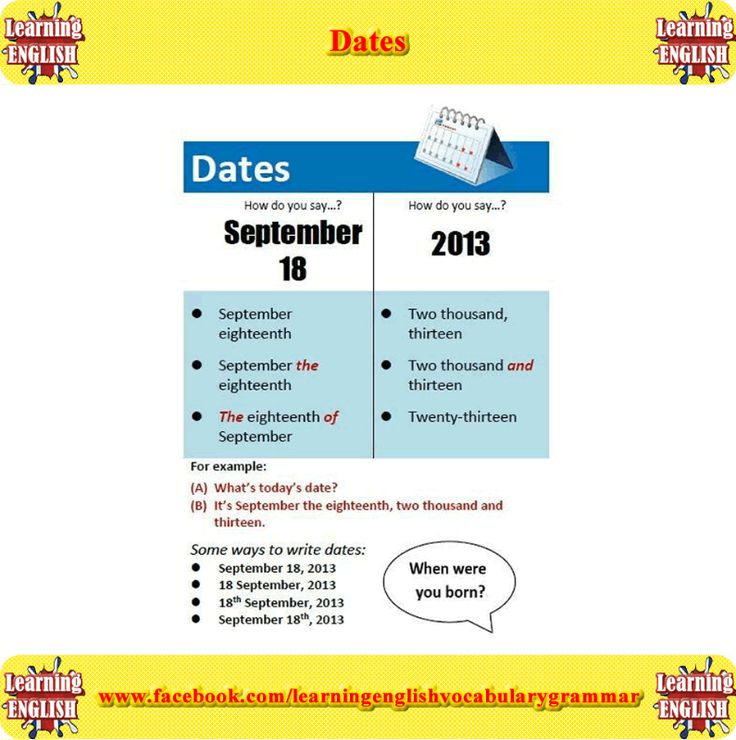 Amazingly, even as late as the 1960s the Reading was continuing to expand these operations!
Amazingly, even as late as the 1960s the Reading was continuing to expand these operations!
As the years passed, however, these operations lost increasingly more money, a problem facing all other Northeastern carriers. Unfortunately, it was inescapable requirement that most railroads were unable to shed until the early 1980s.
Finally, there was the Iron Horse Rambles. These popular excursions became legendary and became a fondly remembered part of Reading's history.
The event began in 1959 when the railroad kept four of its powerful 4-8-4's (#2100, #2101, #2102, and #2124) to host excursions. They were so popular they kept running through the 1964 season.
The Rambles were not only a successful public relations campaign during an era when railroads were far more friendly, welcoming, and open to the general public but also demonstrated the importance steam power once played.
The decline of this traffic began in the 1920s and hastened after World War II. Mr. Woodland notes that in 1946 the Reading still handled 16 million tons of anthracite with roughly 30 million tons in other freight.
Mr. Woodland notes that in 1946 the Reading still handled 16 million tons of anthracite with roughly 30 million tons in other freight.
Unfortunately, the loss of its key traffic source quickened through the 1960s and by 1975 it was handling less than 2 million tons.
As the 1960s unfolded the anthracite market had almost entirely dried up resulting in the Reading depending heavily on bridge traffic. The entire Northeastern industry was seriously hurt by the formation of the Penn Central Transportation in February of 1968.
Almost immediately the PC began to crumble and along with it most other carriers. On June 21, 1970 the PC declared bankruptcy followed by the Reading on November 23, 1971. Things went from bad to worse as the PC threatened total shutdown if some assistance was not provided.
The Reading relied on some very large and powerful wheel arrangements during its heyday such as 2-8-8-2's, 2-8-8-0's, 2-10-0's, 2-10-2's, and others alongside the 4-8-4's (rebuilt from former 2-8-0 Consolidations).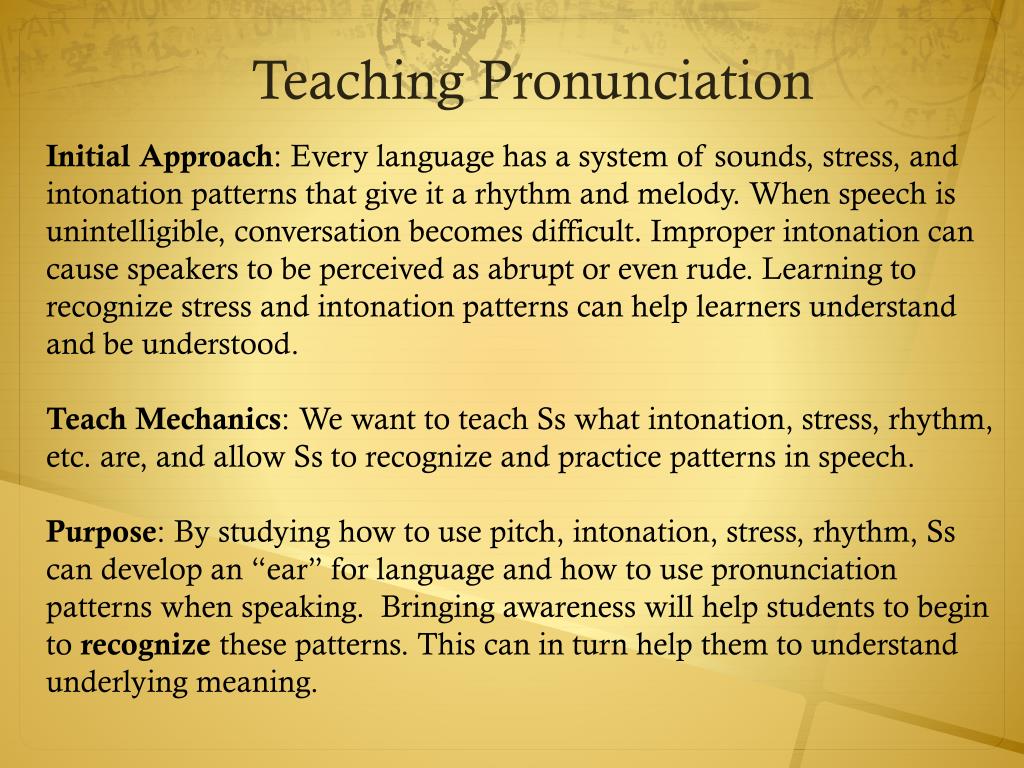
Into the diesel era it experimented with examples from all of the major manufacturers, including Fairbanks-Morse's unique h34-66 "Train Master" of the 1950s.
Passenger Trains
Crusader: (New York/Jersey City - Philadelphia)
Harrisburg Special: (Jersey City - Harrisburg)
King Coal: (Philadelphia - Shamokin, Pennsylvania)
North Penn: (Philadelphia - Bethlehem)
Queen of the Valley: (Jersey City - Harrisburg)
Schuylkill: (Philadelphia - Pottsville)
Wall Street: (Philadelphia - Jersey City)
However, it generally relied on examples from Electro-Motive and American Locomotive. There were first-generation GP7's, F7's, and RS3's while second-generation variants included models like the C630, GP30, and GP40-2.
The early examples wore a striking livery of black with green and yellow pinstriping while later locomotives were clad in a bright green and yellow scheme featuring a large black diamond below the cab with the company name.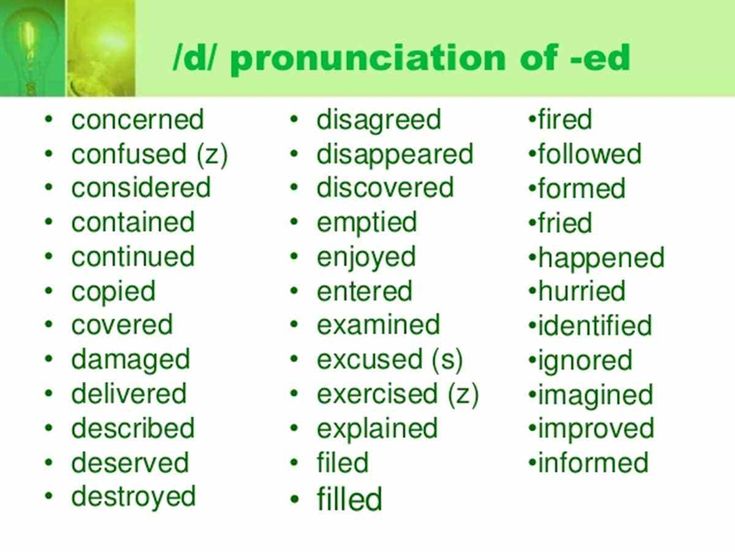
American Locomotive Company
| Model Type | Road Number | Date Built | Quantity |
|---|---|---|---|
| HH-900 | 40-41 | 1937-1938 | 2 |
| S2 | 42-47 | 1946-1947 | 6 |
| Boxcab | 50-51 (First) | 1926, 1928 | 2 |
| S1 | 50-54 (Second) | 1940-1941 | 5 |
| FA-1 | 300A-305A | 1948 | 6 |
| FB-1 | 300B-305B | 1948 | 6 |
| RS3 | 444-450, 460-475, 481-524 | 1951-1953 | 67 |
| C424 | 5201-5210 | 1963 | 10 |
| C430 | 5211-5212 | 1966 | 2 |
| C630 | 5300-5311 | 1966-1967 | 12 |
Baldwin Locomotive Works
| Model Type | Road Number | Date Built | Quantity |
|---|---|---|---|
| DS-4-4-1000 | 26-39, 700-729 | 1946-1949 | 44 |
| VO-660 | 36, 61-70 | 1939-1942 | 11 |
| VO-1000 | 55-59, 71-89 | 1940-1944 | 24 |
| AS16 | 530-554, 560-563, 576-589 | 1951-1953 | 43 |
Electro-Motive Division
| Model Type | Road Number | Date Built | Quantity |
|---|---|---|---|
| SW | 10-15 | 1937 | 6 |
| SW1 | 16-24 | 1939-1941 | 9 |
| NW2 | 90-92, 100-104 | 1940-1947 | 8 |
| FTA | 250A-259A | 1945 | 10 |
| FTB | 250B-259B | 1945 | 10 |
| F3A | 260A-265A | 1948 | 6 |
| F3B | 260B-265B | 1948 | 6 |
| F7A | 266-283 | 1950 | 18 |
| F7B | 266B-271B | 1950 | 6 |
| GP7 | 600-636, 660-666 | 1952-1953 | 44 |
| FP7 | 900-907 | 1950-1952 | 8 |
| SW900 | 1501-1515 | 1961-1963 | 15 |
| SW1001 | 2601-2625 | 1973 | 25 |
| SW1500 | 2750-2770 | 1966-1969 | 21 |
| MP15DC | 2771-2780 | 1974 | 10 |
| GP39-2 | 3401-3420 | 1974 | 20 |
| GP35 | 3626-3656, 6501-6506 | 1963-1965 | 37 |
| GP40-2 | 3671-3675 | 1973 | 5 |
| GP30 | 5501-5520 | 1962 | 20 |
| SD45 | 7600-7604 | 1967 | 5 |
Fairbanks-Morse
| Model Type | Road Number | Date Built | Quantity |
|---|---|---|---|
| h34-66 (Train Master) | 800-808, 860-867 | 1953-1956 | 17 |
General Electric
| Model Type | Road Number | Date Built | Quantity |
|---|---|---|---|
| U30C | 6300-6304 | 1967 | 5 |
| Class | Type | Wheel Arrangement |
|---|---|---|
| A-2a Through A5a (Various) | Switcher | 0-4-0T |
| B-4a Through B-9b (Various) | Switcher | 0-6-0 |
| C-1sa | Jubilee | 4-4-4 |
| D-3h Through D-11s (Various) | American | 4-4-0 |
| E-3a/b Through E-5sa (Various) | Switcher | 0-8-0 |
| G-1sa Through G-3sa (Various) | Pacific | 4-6-2 |
| I-1d Through I-10sa (Various) | Consolidation | 2-8-0 |
| J-1sa | Decapod | 2-10-0 |
| K-1sa/sb/sc | Santa Fe | 2-10-2 |
| L-1a Through L-10sb (Various) | Ten-Wheeler | 4-6-0 |
| M-1a/sa/sb | Mikado | 2-8-2 |
| N-1sb/sc | Chesapeake | 2-8-8-2 |
| N-1sd | Mallet | 2-8-8-0 |
| P-1e Through P7sb (Various) | Atlantic | 4-4-2 |
| Q-1a/b/c/d | Adriatic | 2-6-4T |
| T-1 | Northern | 4-8-4 |
Reading FA-1's and FB-1's layover at the Erie Avenue Yard in Philadelphia during the 1950s.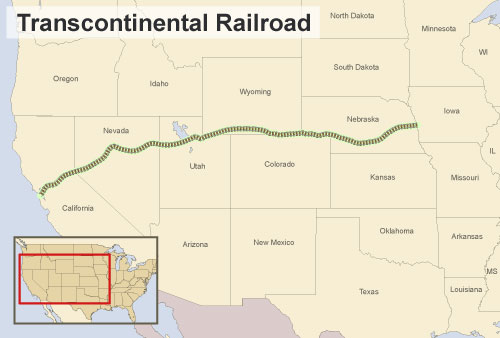 American-Rails.com collection.
American-Rails.com collection.
Conrail
As trustees at Penn Central tried to unravel the mess it became clear there were simply too many variables to turn around the company's waning fortunes.
These problems ranged from an incompatible management team to constricting regulations which had harmed the industry for decades.
Realizing the severity of the situation the federal government stepped and setup the Consolidated Rail Corporation, Conrail.
The new carrier comprised the skeletons of several bankrupt Northeastern carriers, including the Reading, and it launched operations on April 1, 1976.
While some systems like the Lehigh Valley and Jersey Central were predominantly scrapped, interestingly, much of the Reading was retained by Conrail.
In 1999 the system, which finally returned to profitability during the early 1980s, was split between Norfolk Southern and CSX Transportation.
Today, these large Class I's continue to operate segments of the old Reading while others sections have been spun-off to short lines (notably the Reading, Blue Mountain & Northern, a successful Class II regional).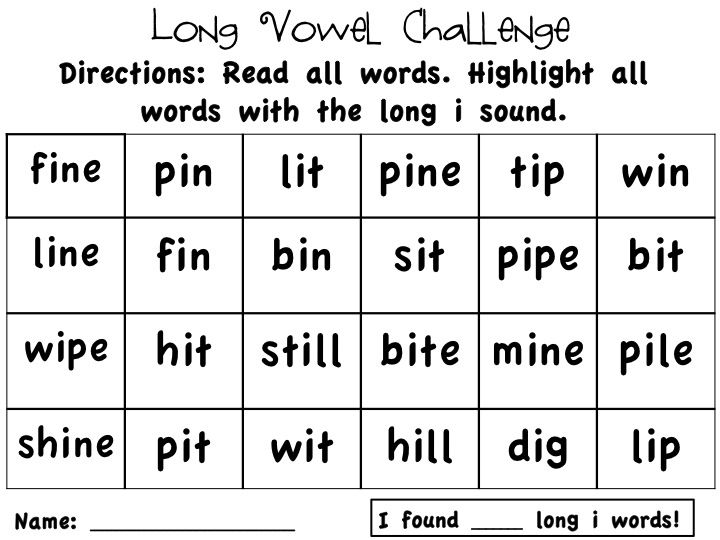
- Home ›
- Fallen Flags ›
- Reading Lines
The Rise and Fall of an Iconic Railroad
Wikipedia
The Reading Railroad became a national icon through the game of Monopoly and a regional force through its network of track.
Perhaps best known for being an often-mispronounced stop on the classic Monopoly board, the Reading Railroad (pronounced Redding) is a testament to industrial Pennsylvania’s hey-day. Its life is a tragic ode to the decline of coal’s predominance during America’s extreme economic growth during most of the 20th century. The railroad is an icon that many people have forgotten yet some nostalgically cling to.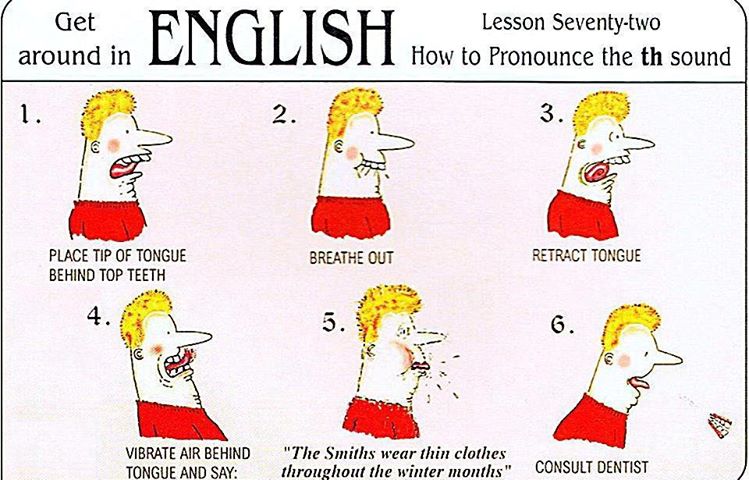 Spanning 143 years, the Reading Railroad’s life mimicked the rolling hills and mountains it traversed.
Spanning 143 years, the Reading Railroad’s life mimicked the rolling hills and mountains it traversed.
The Reading, as it was affectionately called, played an integral part in the economic development of Philadelphia and the Schuylkill River Valley. Its origins began with the charter of the Philadelphia and Reading Railroad in 1833, and by 1849 it provided the connecting link between the resource rich coal regions of Schuylkill County and metropolitan Philadelphia. The anthracite coal industry would become the Reading’s catalyst, as the railroad continued to expand with each new rail line acquisition. Also adding to its rapid growth was the formation of the Philadelphia Coal and Iron Company that allowed the Reading to operate both the coal mines and the railroads stemming from them.
By the 1890s, the railroad had developed a large passenger network with three separate stations in the city of Philadelphia. The rail company chose to consolidate its Philadelphia terminals into one single endpoint. The station, as one familiar with Philadelphia may have guessed, was established above the Reading Terminal Market that still exists today and earned its name from the railroad terminal under which it was located.
The station, as one familiar with Philadelphia may have guessed, was established above the Reading Terminal Market that still exists today and earned its name from the railroad terminal under which it was located.
Penn State University Libraries Map Library
By 1930, the Reading Railroad had a broad net of routes in eastern Pennsylvania.
The Reading continued to increase the size of its network through purchases in the Lehigh Valley and New Jersey, eventually securing a monopoly on the country’s anthracite trade. This web of lines proved difficult to manage, and the railroad, as well as its coal company, was reorganized under The Reading Company in 1896. With the 20th Century, came many difficulties for the company, which faced anti-trust lawsuits and was forced to drop its coal mine operations. After World War I, the Reading Company electrified most of its passenger rail lines in order to compete in the changing transportation climate.
During World War II, many of the company’s passenger lines reached record ridership.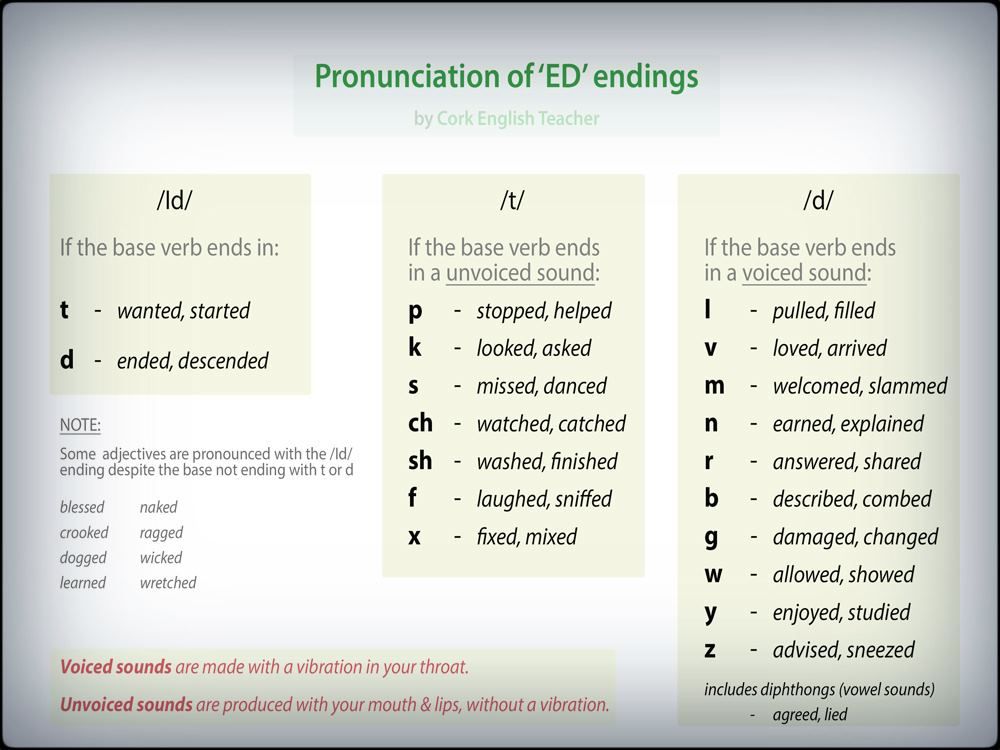 However, this trend would decline exponentially after the Second World War. Explains the Reading Eagle, “By the 1950s, forces beyond corporate control were pounding away at the fortunes of the Reading and other northeastern railroads. Heavy manufacturing was disappearing from the region; passengers were abandoning the rails for automobiles and airplanes; and convoluted federal regulations were hindering railroads from setting competitive shipping rates.” By the late 1960s, the company could not survive without subsidies from South Eastern Pennsylvania Transportation Authority, which would eventually take control of most passenger services by 1974. In 1976, the Reading Railroad, as history knew it, was no longer, and it was reorganized under a government conglomerate known as Conrail.
However, this trend would decline exponentially after the Second World War. Explains the Reading Eagle, “By the 1950s, forces beyond corporate control were pounding away at the fortunes of the Reading and other northeastern railroads. Heavy manufacturing was disappearing from the region; passengers were abandoning the rails for automobiles and airplanes; and convoluted federal regulations were hindering railroads from setting competitive shipping rates.” By the late 1960s, the company could not survive without subsidies from South Eastern Pennsylvania Transportation Authority, which would eventually take control of most passenger services by 1974. In 1976, the Reading Railroad, as history knew it, was no longer, and it was reorganized under a government conglomerate known as Conrail.
From its initial charter in 1833 to its bankruptcy in 1971, the railroad had gone from one of the largest corporations in the world to a flailing government-owned not-for-profit. The role that it played in the development of the Philadelphia area was tremendous. Whether the Reading was providing jobs for tens of thousands of rail workers across the region or shuffling businessmen between New York and Philadelphia, its economic impact was astounding.
Whether the Reading was providing jobs for tens of thousands of rail workers across the region or shuffling businessmen between New York and Philadelphia, its economic impact was astounding.
Library of Congress
The Reading Railroad's terminal in Philadelphia has become an icon of the city and home to the famous market.
Perhaps this impact is most favorably seen by the city from which the railroad received its name. The city of Reading, PA, witnessed a doubling of its population between 1880 and 1900 largely due to its central role as a transportation hub for the railroad. Today, the city clings nostalgically to its former role. The importance of the railroad to the city can be seen from the Berks County Historical Society’s exhibits on the Reading Railroad to the city’s arena football team, aptly named The Express. Every time the Reading Phillies minor league baseball team scores a run, a decorative train in the outfield lights up and the sound of a steam engine fills the stadium.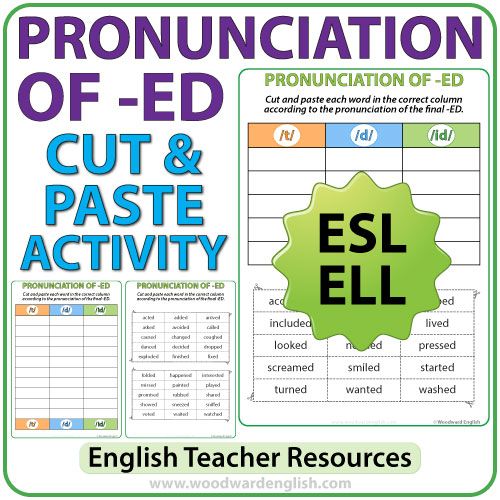 States the City of Reading’s website, “The construction of the railroad was probably the single greatest factor in the development of Berks County.”
States the City of Reading’s website, “The construction of the railroad was probably the single greatest factor in the development of Berks County.”
Many of the railways still exist today, but their frequency of use does not compare to that of the late 19th and early 20th centuries. Passenger rail between Reading and Philadelphia is no longer a reality. However, increasing oil prices and the growth of the Schuylkill Valley region have raised the possibility of restoring passenger rail service between Reading and Philadelphia. Time will only tell if the citizens of Reading get a modern version of their beloved train back.
From the time the Reading Railroad was featured on the original Monopoly board in 1934, the game has been played by almost 500 million people worldwide. Those who play the original version might be quick to categorize the Reading Railroad as a fictional railway, just a stop on the way to “pass go and collect $200.” However, to many in Southeastern Pennsylvania, the Reading Railroad is a known cultural and historical icon. It is a testament to America’s coming of age during the 20th century.
It is a testament to America’s coming of age during the 20th century.
- “Home.” Express Indoor Football. 7 Dec. 2009 <http://expressindoorfootball.com/>.
- Hinz, Christopher. “The Reading Railroad: An Icon for the Ages.” The Reading Eagle. 15 Apr. 2007. 1 Dec. 2009 <http://readingeagle.com/article.aspx?id=54098>.
- Megerdigian, Cheryl. “Philadelphia & Reading Railroad Company.” National Museum of American History. Aug. 1989. 30 Nov. 2009 <http://americanhistory.si.edu/archives/d8208.htm>.
- “Philly NRHS - Reading Company History.” TrainWeb. 6 July 2003. 1 Dec. 2009 <http://www.trainweb.org/phillynrhs/rdg.html>.
- Reading Railroad Online. 4 Dec. 2009 <http://www.readingrr.com/index.htm>.
- “Reading Railroad Massacre.” ExplorePAHistory. 1 Dec. 2009 <http://explorepahistory.com/hmarker.php?markerId=631>.
- “The History of Reading.
 ” ReadingPA. 7 Dec. 2009 <http://www.readingpa.gov/history.asp>.
” ReadingPA. 7 Dec. 2009 <http://www.readingpa.gov/history.asp>. - “The Reading Railroad.” The American Railroads. 30 Nov. 2009. 10 Dec. 2009 <http://www.american-rails.com/reading-railroad.html>.
Analysis of the poem by N.A. Nekrasov "Railway". Literature lessons in grade 6
| Literature lessons in grade 6[1] | ||||||||||||||||||||||||||||||||||||||||||||||||||||||||||||||||||||||
| | ||||||||||||||||||||||||||||||||||||||||||||||||||||||||||||||||||||||
| Lesson 45. N. A. Nekrasov. "Railway": the originality of the composition of the poem Lesson 46. The laws of versification Lessons 47-48. Control lessons The main content of the lesson Principal activities. LESSON CONTENT I. Five minutes of poetry. Reading by heart Nekrasov's poems, studied and read independently in elementary school and in grade 5: II. The teacher's story about Nekrasov with the inclusion of student reports about the poet III. Reading a textbook article and discussing it on questions: (See the article below) How did Nekrasov's interest in literature manifest itself during his years of study at the Yaroslavl gymnasium? Why did Nekrasov not want to enter the Noble Regiment? How were his first years of life in St. Petersburg? Why didn't he give up, didn't return to his father? How did the future poet get out of poverty? Why did he regret that he could not study at the university? What was the significance of the meeting with Belinsky for Nekrasov? Prove that Nekrasov saw the beauty of the soul in the simplest people. What hopes did the poet place on children? What poems by Nekrasov became folk songs? III. Listening and discussion of one of the romances to the verses of Nekrasov. IV. Listening and reviewing the actor's reading of the poem "Railway" Answers to questions 1-4 from the section of the textbook "Phonochrestomathy. Let's listen to the acting." V. Group work: Group 1. Group 2. Group 3. Group 4. Group 5. Group 6. VI. Discussion of reproductions of paintings by Russian artists placed in the textbook. Completion of tasks from the section "Literature and Fine Arts". Practical work. Selection of quotation examples to the topic “Two faces people in Nekrasov's poem "Railway". Drawing up a citation table:
Final question : Homework Prepare an expressive reading of one of the parts of the poem "Railway" by heart. Orally answer the questions from the section of the textbook "Creative task". Answer in writing the question “What is the difference between the views of the author and the general on the Russian people?”. The main content of the lesson. Principal activities. I. Group work: Group 1. Group 2. Group 3. Group 4. Group 5. II. The concept of dialogue Find the definition of the concept of stanza in the dictionary of literary terms. III. Practical work.
Final questions : How do you understand the meaning of the title of the poem? Answer question 5 to the poem "Railway" from the workshop "We read, think, argue ...". Choose arguments to answer the question “Is K. I. Chukovsky right in his assessment of the Railway?” Homework Individual task. The main content of the lesson. Principal activities. I. Repetition of two-syllable verse meters: (see also the page "Poetic meters") Remember what meters are called two-syllable verse. II. Determining the three-syllable size of the verse by ear Think about the size of the poems "Clouds" and "Three Palms" by M. Yu. Lermontov, "Leaves" by F. I. Tyutchev, “The spruce hung the path with my sleeve ...” A. A. Feta: disyllabic or trisyllabic. III. Reading and discussion of the textbook article "Tri-syllable meters of verse": (See the article below) What is the name of a three-syllable meter if the first syllable in a group of syllables is stressed? second? third? Completion of task 1 from the section of the textbook "Check Yourself". Complete the table with your own examples. Completion of task 2 from the "Check Yourself" section of the textbook. III. 1. Determine whether the last syllable in the following lines is stressed or unstressed: "In the sandy steppes of the Arabian land..."; Count how many syllables are left in each verse after the stressed syllable at the end of the line. If the stress at the end of the line falls on the last syllable, then such a rhyme is called masculine. If on the penultimate, then female. If on the third from the end, then dactylic. 2. Determine the types of rhymes in the following quotes: “And the cold sea washes my roots...”; 3. Remember what a stanza is. If neighboring verses rhyme in a stanza, then the rhyme is called a pair : From the glade the kite has risen, 4. Give your example of a paired rhyme. If in a stanza the first stanza rhymes with the third, and the second with the fourth, then the rhyme is called cross : Will endure everything - and a wide, clear 5. Give your own example of a cross rhyme. If the first line in a stanza rhymes with the fourth, and the second with the third, then the rhyme is called girdle or ring: A golden cloud spent the night 6. Give your own example of a ring rhyme. IV. Literary game: I. Determine the poetic dimensions of the indicated poems and indicate the “third extra” : 1) “Winter Morning” by A. 2) "Reluctantly and timidly..." F. I. Tyutchev; "Cliff" by M. Yu. Lermontov; "Railway" N. A. Nekrasov. 3) "Leaflet" by M. Yu. Lermontov; “Spruce covered my path with a sleeve ...” A. A. Feta; “A kite has risen from the clearing ...” F.I. Tyutcheva. II. Connect the names of the poems and the meter with arrows. Determine the "fourth extra" .
IV. Presentation and defense of their illustrations for the poem "Railway". Homework Determine the poetic meters in which the works of M. Yu. Lermontov are written (see quotes from the quiz on the works Lermontov in the workshop "Reading, thinking, arguing..."). Prepare for a test on the work of I. S. Turgenev, F. I. Tyutchev, A. A. Fet, N. A. Nekrasov. The main content of the lesson. Principal activities. Examination work on the works of F. I. Tyutchev, A. A. Fet, N. A. Nekrasova, I. S. Turgeneva 1. Determine the poetic dimensions in the following poems: F. I. Tyutchev. "Reluctantly and timidly ...", "Leaves", "The kite has risen from the clearing ...". 2. What artistic techniques are used by the poets in the following quotes: 1) Mother Nature gave him 2) — Hello, fellow! - "Go past yourself!" 3) Everywhere I recognize my dear Rus' ...
II. A short written answer (5-10 sentences) to one of the problem questions (at the student's choice): 1. What states of nature does FI Tyutchev like to depict in his poems? 2. What pictures of nature arouse admiration in the lyrical hero of AA Fet's poems? 3. What is the purpose of the author telling the story of the construction of the railway to the boy Vanya? III. * Interpretation of the literary text (at the choice of students): 1. 2. Analyze in writing the episode from the story "Bezhin meadow" from the words "The narrator did not have time to say this last word ..." to the words "... with grateful pride, looking sideways at Pavlusha." Homework Read N. S. Leskov's story "Lefty". Group tasks. Prepare a retelling of the chapters of the tale in groups. Prepare comments on unfamiliar words. Individual assignments. Orle using reference literature and Internet resources (under the guidance of a teacher). Find portraits of the writer NS Leskov and prepare a story about them. Next lessons: Lessons 49-51. Tale of N. S. | ||||||||||||||||||||||||||||||||||||||||||||||||||||||||||||||||||||||
| | ||||||||||||||||||||||||||||||||||||||||||||||||||||||||||||||||||||||
| 1. Source: Belyaeva N.V. Lessons Literature in 6th grade. - M .: Education, 2021. - 452 p. (back) 2. The poem "Railroad" - written at the beginning of 1864. It was banned by censorship in May and was first published on November 24, 1865 in the October issue of Sovremennik. BIOGRAPHY N. A. NEKRASOVA From the book: Literature. 6th grade. Ed. V.Ya.Korovina. . The will and work of man At the age of eleven, Nekrasov entered the Yaroslavl gymnasium. This educational institution was not like the Pushkin Lyceum; handwritten magazines, and literature teachers had little interest in literature. But Nekrasov at that time read a lot - Pushkin and Byron, magazines, in which new works were published. He also tried to write poetry himself: playful, about friends and teachers - for everyone, serious - for himself. After the fifth class, his father took Nekrasov from the gymnasium and sent him to St. Petersburg so that he could enter the Noble Regiment there - a military school. However, the young man decided to enter the University because he wanted to get a good education. Nekrasov could not enter the University, but he was allowed to attend lectures as a volunteer, that is, without "state content". Of course, worries about earning only made it possible to study in fits and starts, and Nekrasov regretted this all his life. But he worked hard: reading a lot, writing poems and plays, short stories and tales, critical articles and reviews. Finally, the poet got out of poverty: his vaudevilles were on the stages of theaters, his poems appeared in magazines and story. The poet looks at people with love, and therefore in the most ordinary at first glance he sees the beauty of the soul. Remember the great guys poem "Peasant Children" - with what a lively interest they relate to everything: both work and fun. Remember the poem "On the Volga" about the difficult lot of barge haulers, the poem "Frost, Red Nose", glorifying peasant labor, the beauty of a working woman, a poem "Schoolboy", whose hero, perhaps, the future Lomonosov. Here is old Mazai, saving hares in the flood (“Grandfather Mazai and hares”), peasants who they cherish the nightingales in their grove and love to listen to their singing (“Nightingales”). With his poems, Nekrasov discovered the beautiful and the poetic where it had not been noticed before. At the same time, he refers to an ordinary, simple person. The poet tells people: look at the innumerable riches in your soul, you deserve a better life, your fate is in your hands. He placed special hope Nekrasov on children who will read clever books and learn the truth. And the people heard the word of the poet, not without reason many of his poems became folk songs: “Troika” (“Why are you looking greedily at the road ...”), “Peddlers” (“Oh, the box is full, full ...”), “Funeral” (“Lost between tall loaves ...”). In 1862 Nekrasov wrote the poem "Railway". We read in a poem about the hardest hard labor of workers. We are deep We sympathize with these people. But we also understand that their work is a great feat, and we have a feeling of pride in ordinary workers. Check yourself What events and life impressions of childhood and youth influenced the poet's work? Thinking about what we have read
2. Reread the first part of the poem. 3. Why does Nekrasov call the famine "king"? What is the power of this king? 4. How do you understand the lines: Many are in a terrible struggle, What thought is expressed by the antithesis? 5. Re-read a fantastic picture depicting a crowd of the dead. 6. Reread the last three quatrains of the second part. 7. What does the general think about the people, what words does he say about the people? 8. Why is the poem addressed to children? Creative task The poem depicts a picture of the distant past. Literature and fine arts Consider a reproduction of the painting by the artist K. THREE SYMBOLS OF VERSE From the book: Literature. 6th grade. Ed. V.Ya.Korovina. . If A. S. Pushkin was dominated by two-syllable meters, then N. A. Nekrasov actively used three-syllable meters . To define them Let's look at the lines from the poem "Railway": Glorious autumn! Healthy, vigorous Let's arrange the stresses and build the scheme of the verse. — — — — — — — — — — — — — Groups of three syllables are repeated in the verse: the first stressed, second and third unstressed. This is a three-syllable meter with an accent on first syllable. It is called dactyl : —́ — — . Let's take other lines - from Nekrasov's poem "Peasant Children", place the stresses and build a scheme of the verse. Once in a cold winter season — — — — — — — — — — — — — — Groups of three syllables are repeated here: first unstressed, second stressed, third unstressed. This is a three-syllable meter with the stress on the second syllable. It is called amphibrach : — —́ — . Now let's place the stresses in the lines from Nekrasov's poem "Troika" and build a diagram: Why are you looking greedily at the road — — — — — — — — — — — — — — So, three syllable meters of verse three : dactyl (—́ — —), amphibrach (— —́ — ) and anapaest (— — —́). (back to lesson) See also page page "Poetic measurements". | ||||||||||||||||||||||||||||||||||||||||||||||||||||||||||||||||||||||
| | ||||||||||||||||||||||||||||||||||||||||||||||||||||||||||||||||||||||
| Karabikha - the estate of N. A. Nekrasov, 1982, artist V. Ptashinsky. USSR postcard | ||||||||||||||||||||||||||||||||||||||||||||||||||||||||||||||||||||||
| Painting by K.A.Savitsky "Repair work on railway" | ||||||||||||||||||||||||||||||||||||||||||||||||||||||||||||||||||||||
| Nekrasov N.A. Key dates of life and work | ||||||||||||||||||||||||||||||||||||||||||||||||||||||||||||||||||||||
| Belyaeva N.V. Literature lessons in the 6th grade | ||||||||||||||||||||||||||||||||||||||||||||||||||||||||||||||||||||||
| | ||||||||||||||||||||||||||||||||||||||||||||||||||||||||||||||||||||||
| back to top of page | ||||||||||||||||||||||||||||||||||||||||||||||||||||||||||||||||||||||
Reading drawings - reading rules for beginners
Pencils and paper sheets are gradually becoming a thing of the past, giving way to digital technologies and specialized programs.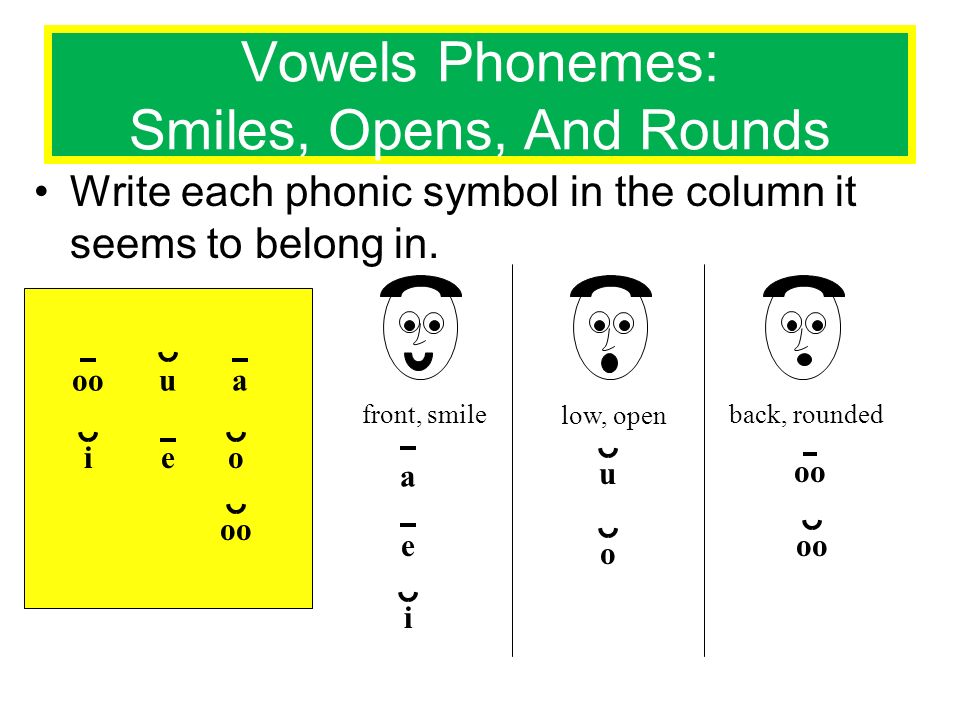 But the principles of drawing remain the same and it is necessary to learn how to read drawings. In production and in construction organizations, the use of design documentation is widespread, which cannot be developed without drawing knowledge. To create simple and complex pipelines and electrical installations, for the assembly unit and high-rise metal structures, you still need to create projects.
But the principles of drawing remain the same and it is necessary to learn how to read drawings. In production and in construction organizations, the use of design documentation is widespread, which cannot be developed without drawing knowledge. To create simple and complex pipelines and electrical installations, for the assembly unit and high-rise metal structures, you still need to create projects.
Basic Rules for Reading Drawings
Any rack or fixture is first embodied on a sheet of paper or a computer screen, and only then transferred to the production shop. For a correct understanding of the task, so that the responsible employee can understand exactly where the welding seams should be applied or a hole of the required diameter should be made, one must be able to read technological documents.
In mechanical engineering, drawings can be different: there are drawings of parts, assembly drawings, diagrams, specifications, etc. Technical drawings must be made in accordance with the rules of state standards (GOST) or the Unified System for Design Documentation (ESKD).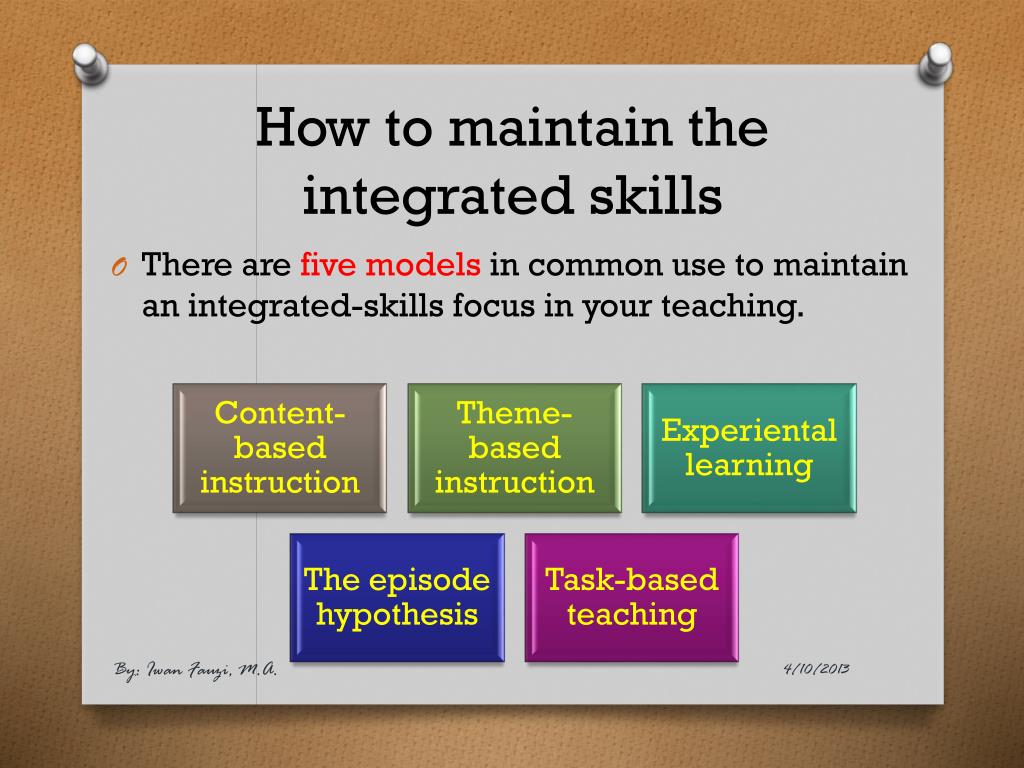
The number of images should be minimal. In engineering graphics, a drawing is a representation of an object using projections and the exact ratio of its dimensions.
Symbols on drawings in mechanical engineering
Tolerances and fits
Why is all this necessary? This question arises not only among the worker in production. This is intended so that the factory does not waste time constantly measuring the actual dimensions of the received part, and producing compatible products without defects.
The numerical values of the upper and lower limit deviations are indicated next to the sizes in a font of a smaller size than for dimensional numbers. Tolerance is the range of deviation from the nominal size. The tolerance field is indicated by either one or two letters of the main deviation and the quality number.
Fit consists of tolerance on the outer, male surface, tolerance on the inner surface, and is determined by the amount of clearance or interference. Landings are indicated using a fraction on the right side of the size, in the numerator the designation of the maximum deviation, and in the denominator a similar designation for a compatible part.
Landings are indicated using a fraction on the right side of the size, in the numerator the designation of the maximum deviation, and in the denominator a similar designation for a compatible part.
Dimension designations
The size of the detail is indicated by the corresponding numbers and lines with arrows at the ends. Dimension lines are continuous and run parallel outside the part outline.
Units of measure are not indicated on the drawings, by default, everything is indicated in millimeters.
Extenders
There are times when it is more convenient to move and enlarge a part of the part outside the main contour. In fact, these are the most difficult sections of the product in question. This is usually done with intricately shaped parts to save space on the drawing.
The complex part is circled either in a circle or in an oval and signed with a Roman numeral. The remote element of this fragment is assigned the same Roman number in the denominator, and its scale is indicated in the numerator.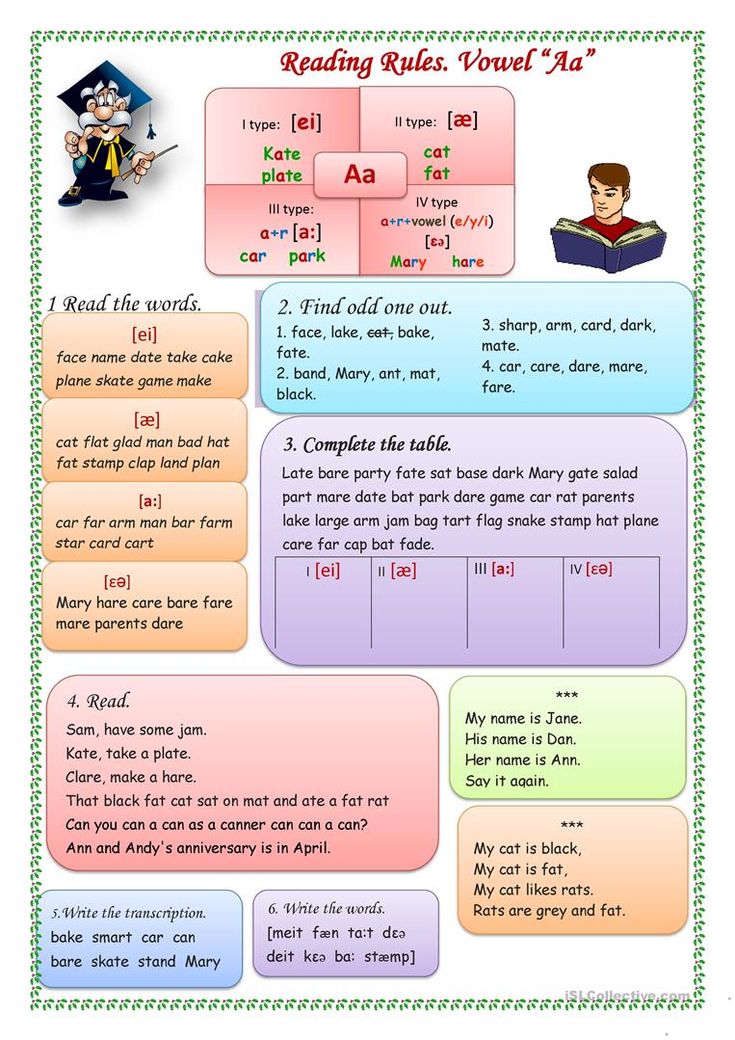
Designation of materials in sections
A section is an image of a figure obtained after its conditional dissection. It shows only the shape of the part, without revealing the rest of the segments that are located behind it.
Sections are rendered or superimposed. The former are displayed outside the shape of the object, the latter directly on it.
The contour of the section is filled with oblique solid lines with an inclination angle of 45 degrees. The lines must be located in the same direction on all sections for one part, taking into account the material of the product.
They can be located anywhere on the drawing, at an arbitrary angle, but in this case with the addition of the word “rotated” above the section in the inscription.
Symbols on the drawings of technological documentation
The drawings use the symbols established by state standards. These are the basics, they describe the rules for the design of signs, letters, numbers, lines, and so on.
Usually they are not explained on the drawing, with the exception of the designations in which it is necessary to indicate the number of the standard. Still, it is necessary to familiarize yourself with GOSTs for the implementation and recognition of drawings or diagrams.
This is exactly the case when just reading a drawing textbook is not enough. It is best to take specialized courses or study engineering or other professions related to manufacturing or construction.
The ability to read technological documentation is necessary for both an engineer and an ordinary turner.
In general, mechanical engineering and other industries use a number of basic designations:
-
Letter , reflecting conditional values, for example, radius, thread pitch and much more.
-
Numeric expressing dimensions, angles, etc.
-
Alphanumeric , found mainly in electrical circuits.
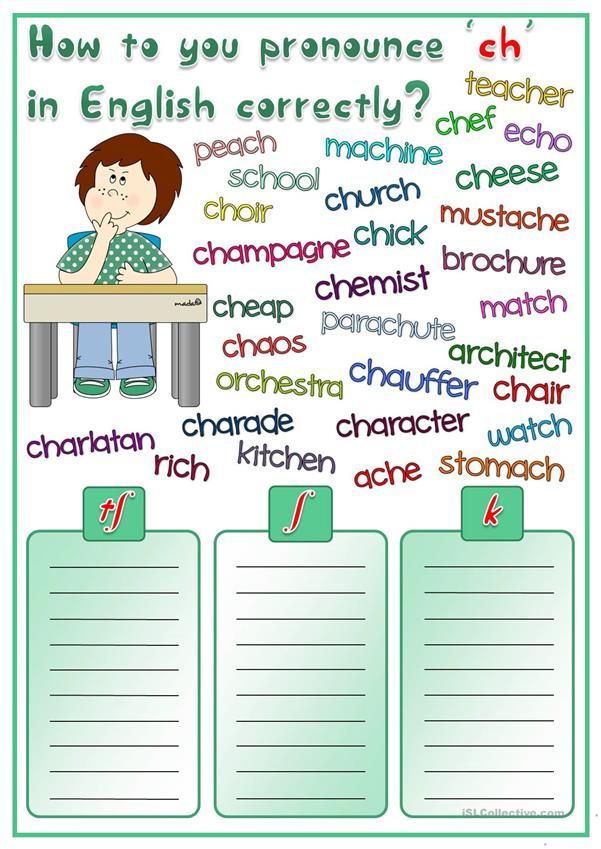
-
Graphic are the basic elements of technical drawing. They display both the structure of the part, the material of the product, and its design (door or window opening, etc.).
All this is necessary for the correct presentation of the minimum information on the sheet and its subsequent correct reading.
Beginner Drawing Order
In addition to drawings, a sketch is also widely used - this is not a technical drawing. This is a sketch of an object on an arbitrary scale, for the manufacture of which drawing tools are not used, and it is not accompanied by inscriptions and sizes. Any signs on it and next to it are also not put. The quality of a sketch depends on how close it is to the drawing.
Reading a drawing is a representation on a two-dimensional flat surface based on images of the three-dimensional shape of an object and its dimensions, and containing other information.
But how to learn to read drawings correctly? Are there any simple, general principles for this?
Reading occurs in the following order:
-
the main inscription of the drawing is read;
-
the main view is determined;
-
species are analyzed and mentally combined into a single whole;
-
the dimensions of the part and its components are determined.
.png)
Example of reading part drawing
The main inscription indicates that this technical drawing shows a threaded connection, in particular, bolting. It also contains the document code and product index. The scale of the drawing is made in natural size, namely 1:1.
The main view is presented with an overlaid section of the fastened parts. The connection is shown by two projections. A bolt is presented separately, with a metric thread and a height of 120 mm and a 30 mm diameter. The nut is also shown in top view. But the dimensions of the washer according to this drawing are unclear.
Conclusion
Engineering drawings are not simple documents and it is not always possible to read them on the fly, but they can convey large amounts of information about the products you are looking for. Sometimes even experienced engineers do not hesitate to look into textbooks or state standards in order to correctly convey or understand the meaning of a technical drawing and make the necessary designation for a given part.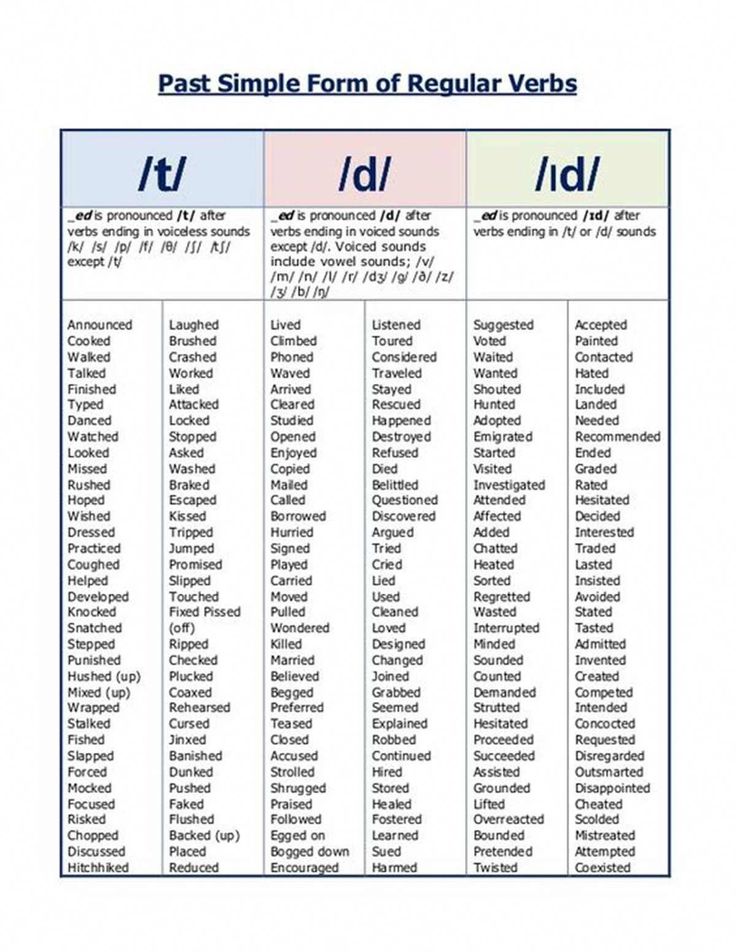

 The poet's dream of a "beautiful time" in the life of the people. The greatness of the people - the creator of material and spiritual values.
The poet's dream of a "beautiful time" in the life of the people. The greatness of the people - the creator of material and spiritual values. 
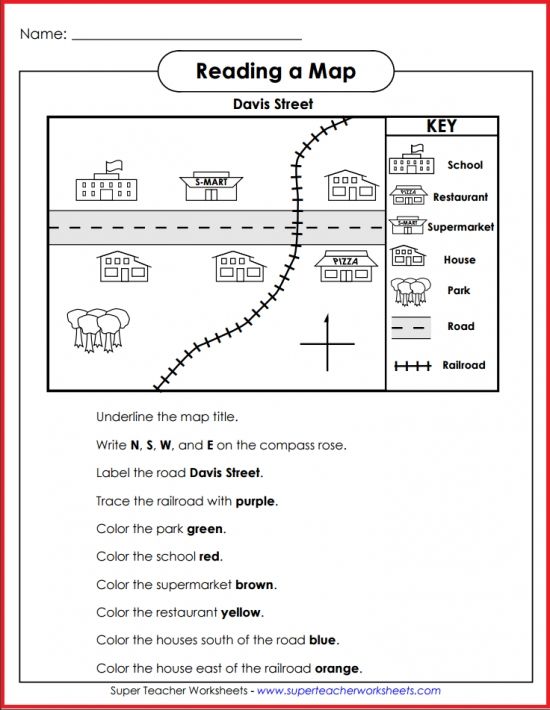 Give examples from previously studied works of the poet.
Give examples from previously studied works of the poet.  ..".
..". 
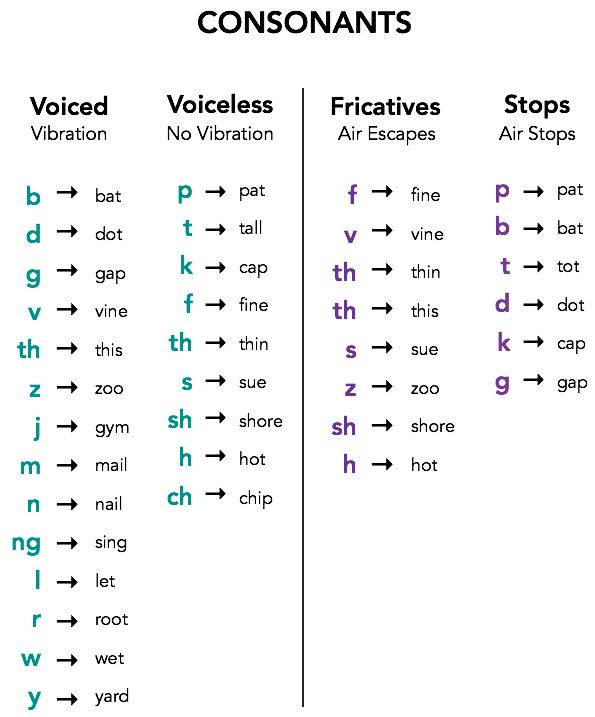 ..”/
..”/  "Barbarians! wild crowd of drunkards!..”
"Barbarians! wild crowd of drunkards!..” 
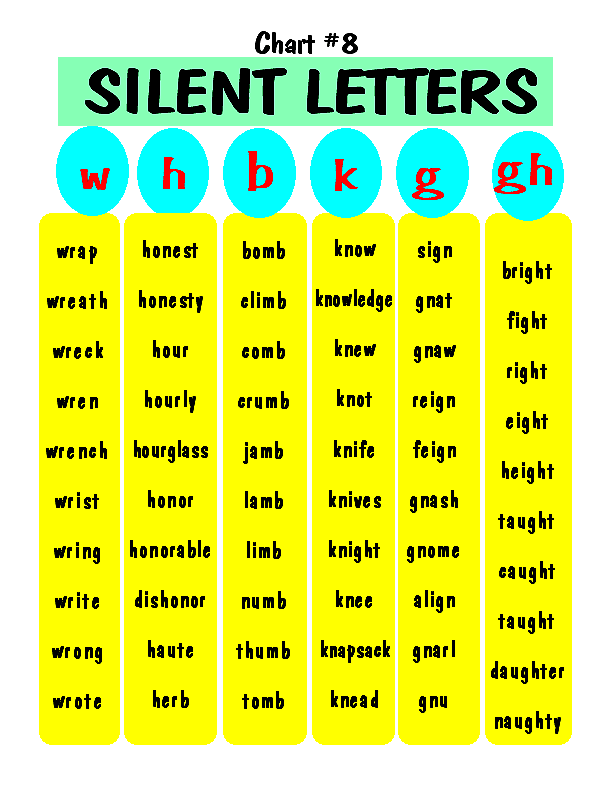
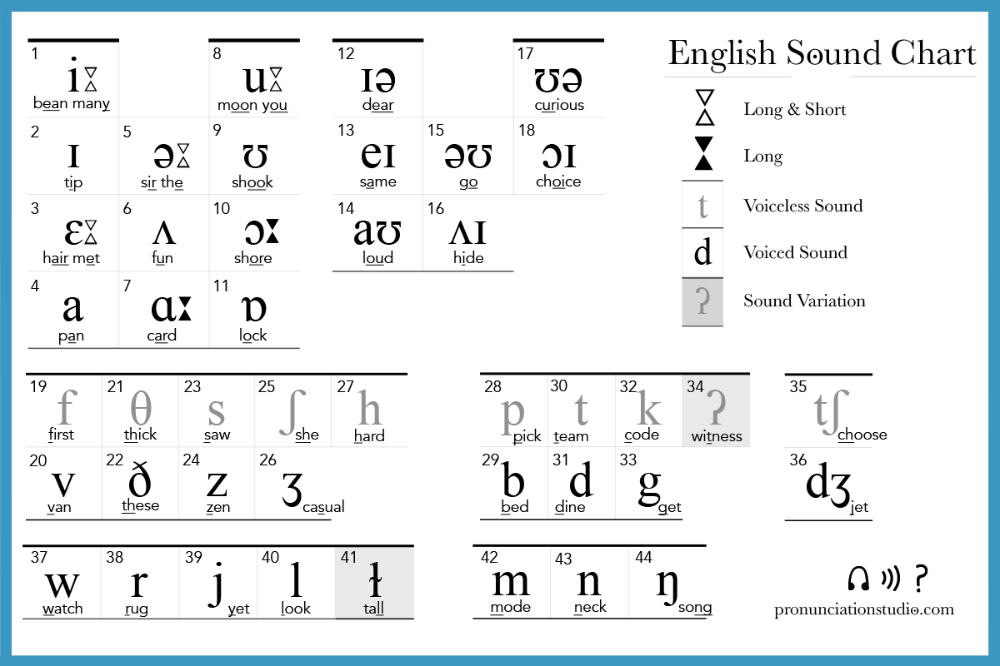 ..".
..". 
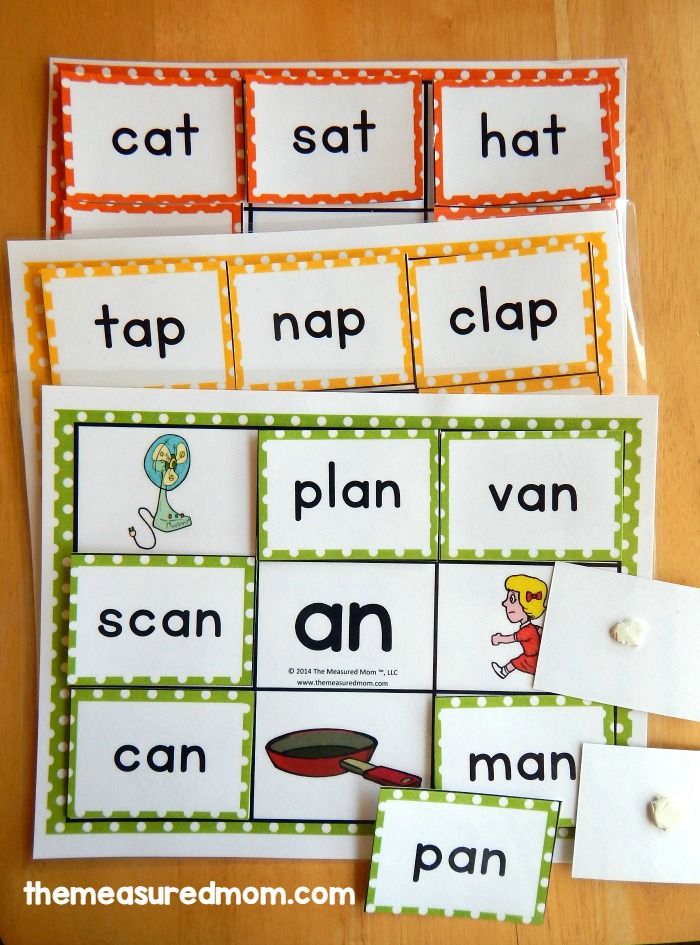 ..
.. 
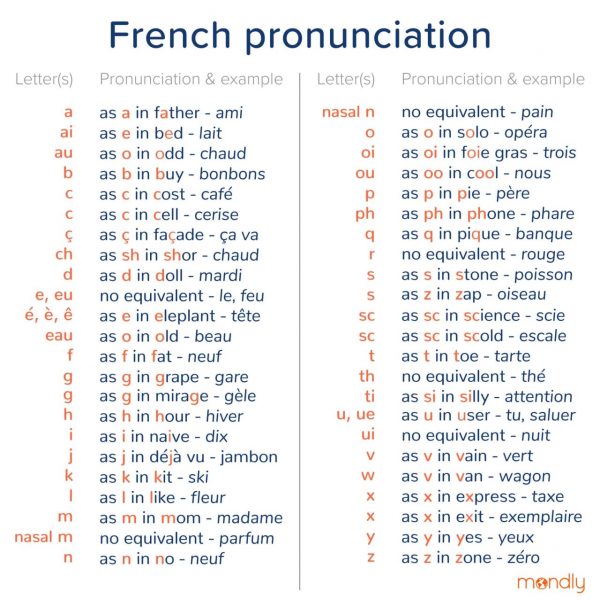
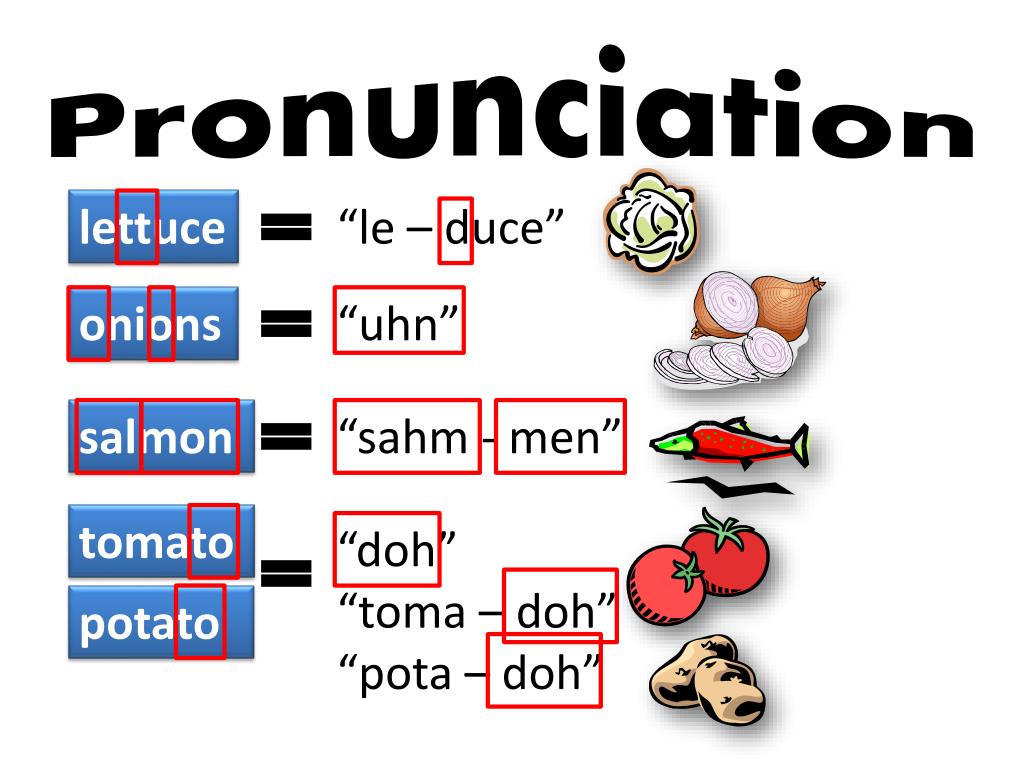 ..”?
..”? 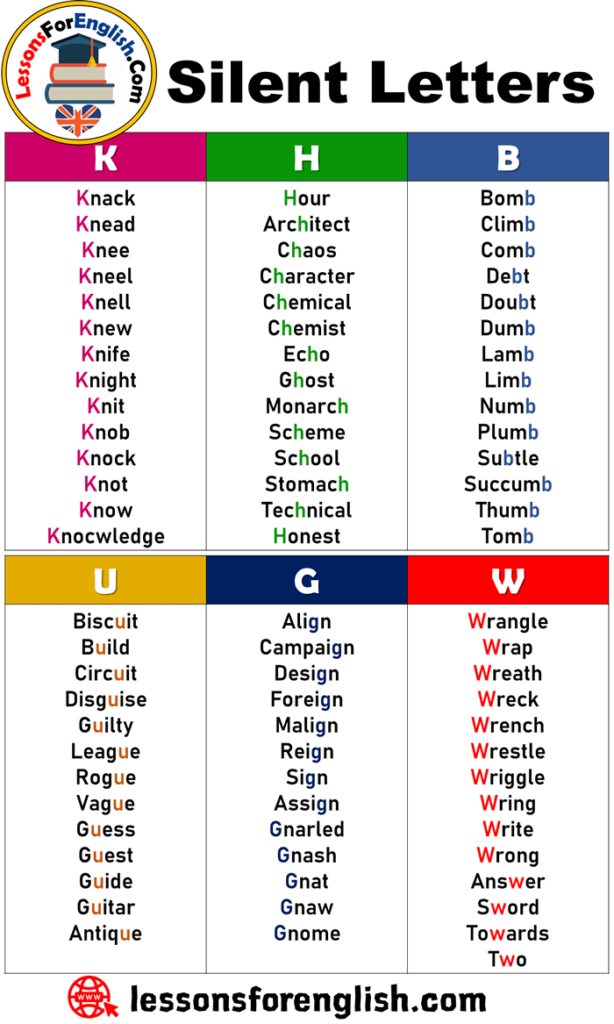 Practical work
Practical work 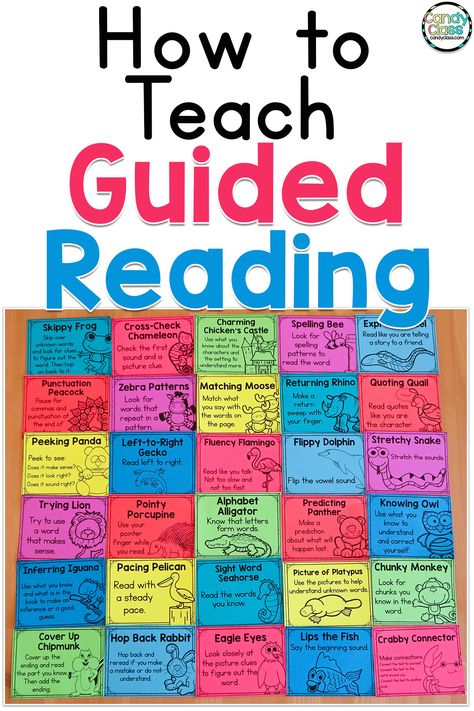
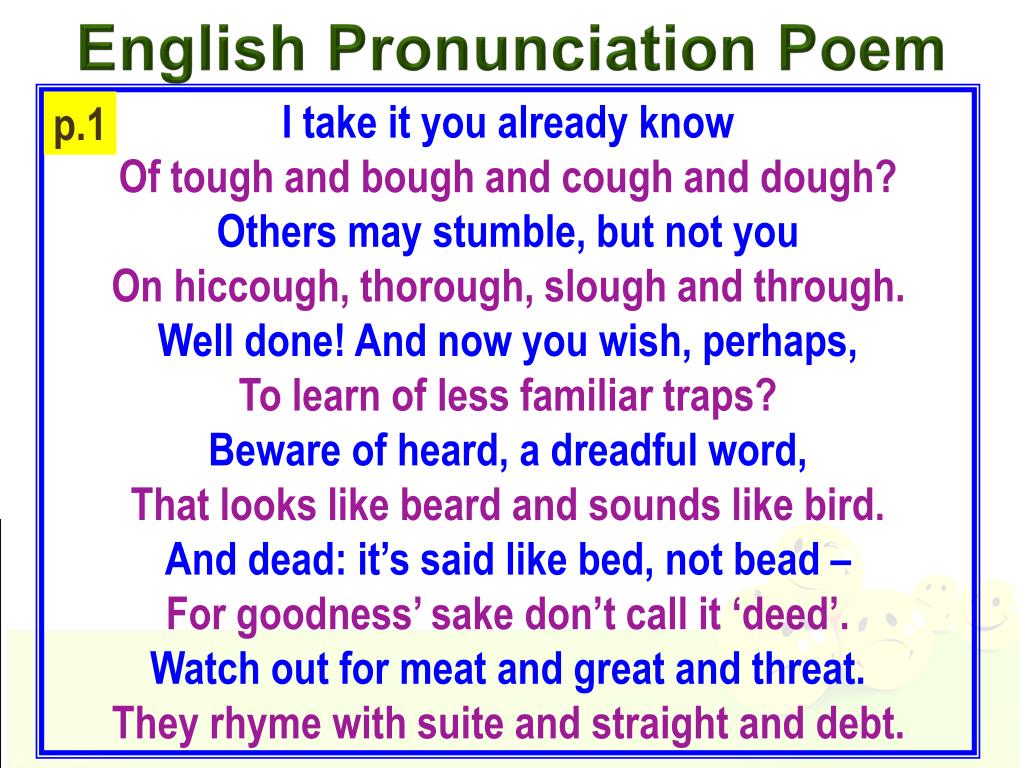 S. Pushkin; "AND. I. Pushchin” by A. S. Pushkin; "Leaves" by F. I. Tyutchev.
S. Pushkin; "AND. I. Pushchin” by A. S. Pushkin; "Leaves" by F. I. Tyutchev.  S. Pushkin
S. Pushkin 
 .
.  S. Pushkin
S. Pushkin  Give a written comparative analysis of the poems “Winter is not angry for nothing ...” by F. I. Tyutchev and “Spring rain” by A. A. Fet.
Give a written comparative analysis of the poems “Winter is not angry for nothing ...” by F. I. Tyutchev and “Spring rain” by A. A. Fet.  Leskov "Levsha" >>>
Leskov "Levsha" >>> 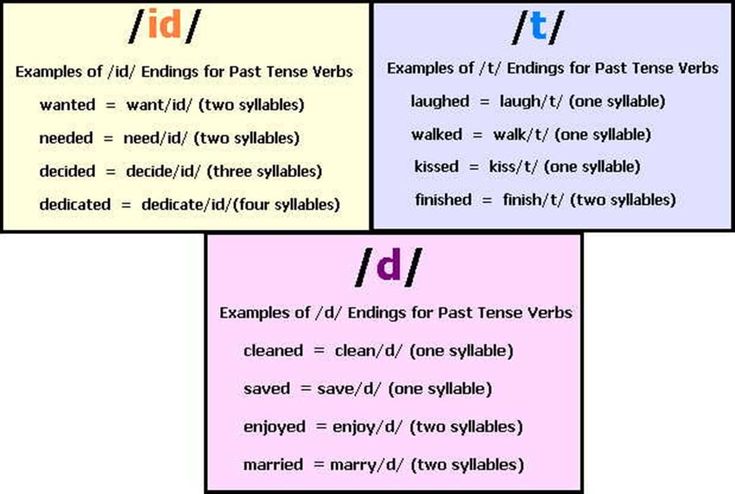 One of them was a close friend of the poet engineer V. A. Panaev, who said: “The diggers were mainly hired in the Vitebsk and Vilna provinces from Lithuanians. It was the most unfortunate people on the whole of Russian land, who looked more like not like people, but like working cattle, from whom they demanded inhuman strength without any, you can say rewards.
One of them was a close friend of the poet engineer V. A. Panaev, who said: “The diggers were mainly hired in the Vitebsk and Vilna provinces from Lithuanians. It was the most unfortunate people on the whole of Russian land, who looked more like not like people, but like working cattle, from whom they demanded inhuman strength without any, you can say rewards. 

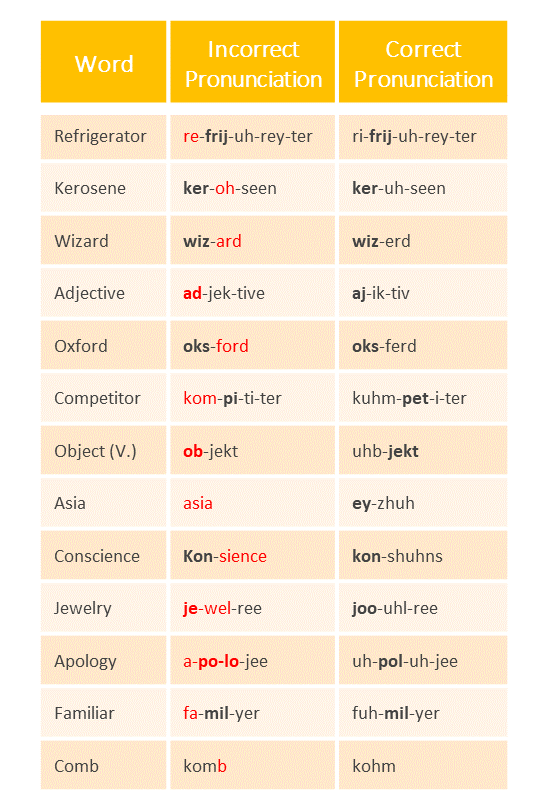 Nekrasov urged young people not to lose faith to the people, to the final victory of the ideals of goodness and justice, which, although not soon, must surely come. (back)
Nekrasov urged young people not to lose faith to the people, to the final victory of the ideals of goodness and justice, which, although not soon, must surely come. (back) 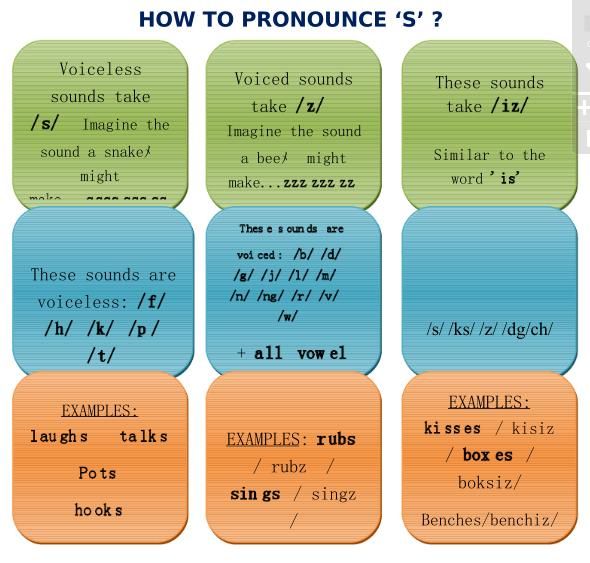 He wrote to his father about it, and the angry father refused to help. to him. And the sixteen-year-old Nekrasov found himself in dire need, he lived by odd jobs: he wrote letters and petitions to the peasants for a few kopecks, rewrote roles for actors. “Exactly three years I felt constantly, every day hungry. I had to eat not only badly, not only from hand to mouth, but also not every day,” he recalled. The young man was forced to sell everything that he had, and in an empty basement room, from where the hostess took out all the furniture for non-payment, lying on the bare floor, composing poetry.
He wrote to his father about it, and the angry father refused to help. to him. And the sixteen-year-old Nekrasov found himself in dire need, he lived by odd jobs: he wrote letters and petitions to the peasants for a few kopecks, rewrote roles for actors. “Exactly three years I felt constantly, every day hungry. I had to eat not only badly, not only from hand to mouth, but also not every day,” he recalled. The young man was forced to sell everything that he had, and in an empty basement room, from where the hostess took out all the furniture for non-payment, lying on the bare floor, composing poetry. 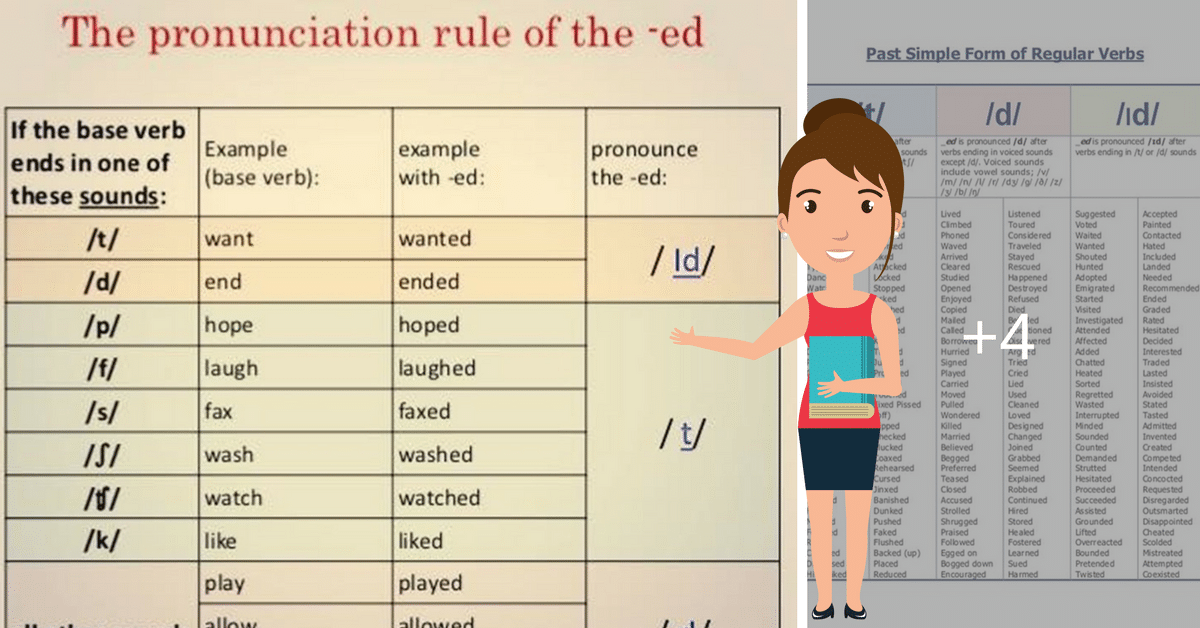 He met with writers, the meeting with Belinsky was of particular importance for him. Until late at night they talked about literature and about life. And when Nekrasov read his poem “On the Road” to Belinsky about the fate of a peasant woman, the great critic embraced him and said excitedly: “Do you know that you are a poet - and a true poet!
He met with writers, the meeting with Belinsky was of particular importance for him. Until late at night they talked about literature and about life. And when Nekrasov read his poem “On the Road” to Belinsky about the fate of a peasant woman, the great critic embraced him and said excitedly: “Do you know that you are a poet - and a true poet!  The heroes of Nekrasov are hard workers who love life, people, and their native nature.
The heroes of Nekrasov are hard workers who love life, people, and their native nature. 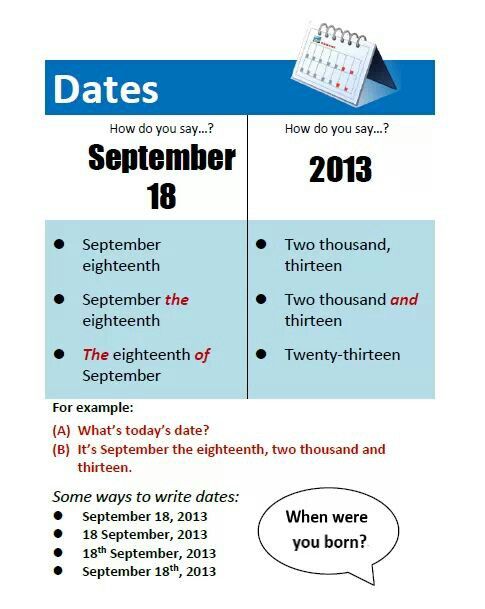 museum.ru/M587, prepare a report about the poet's museum in Karabikha.
museum.ru/M587, prepare a report about the poet's museum in Karabikha. 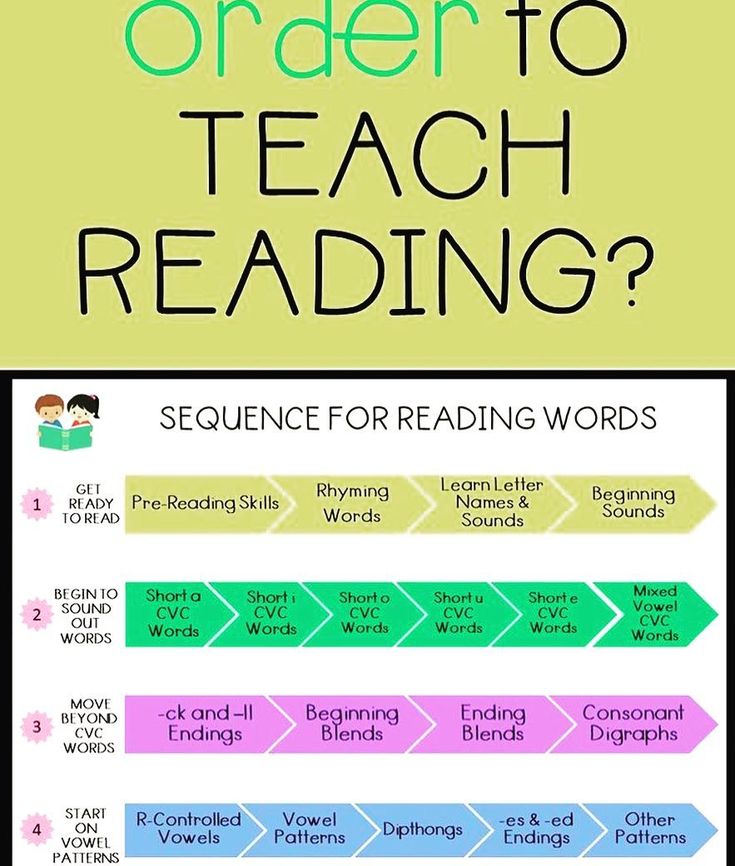 .
.  A. Savitsky "Repair work on the railway".
A. Savitsky "Repair work on the railway". 
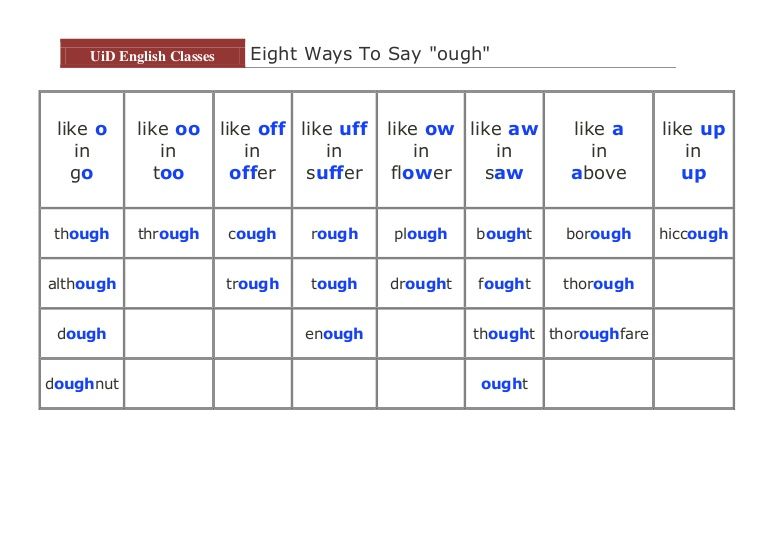 It is called anapaest: - - - .
It is called anapaest: - - - . 

